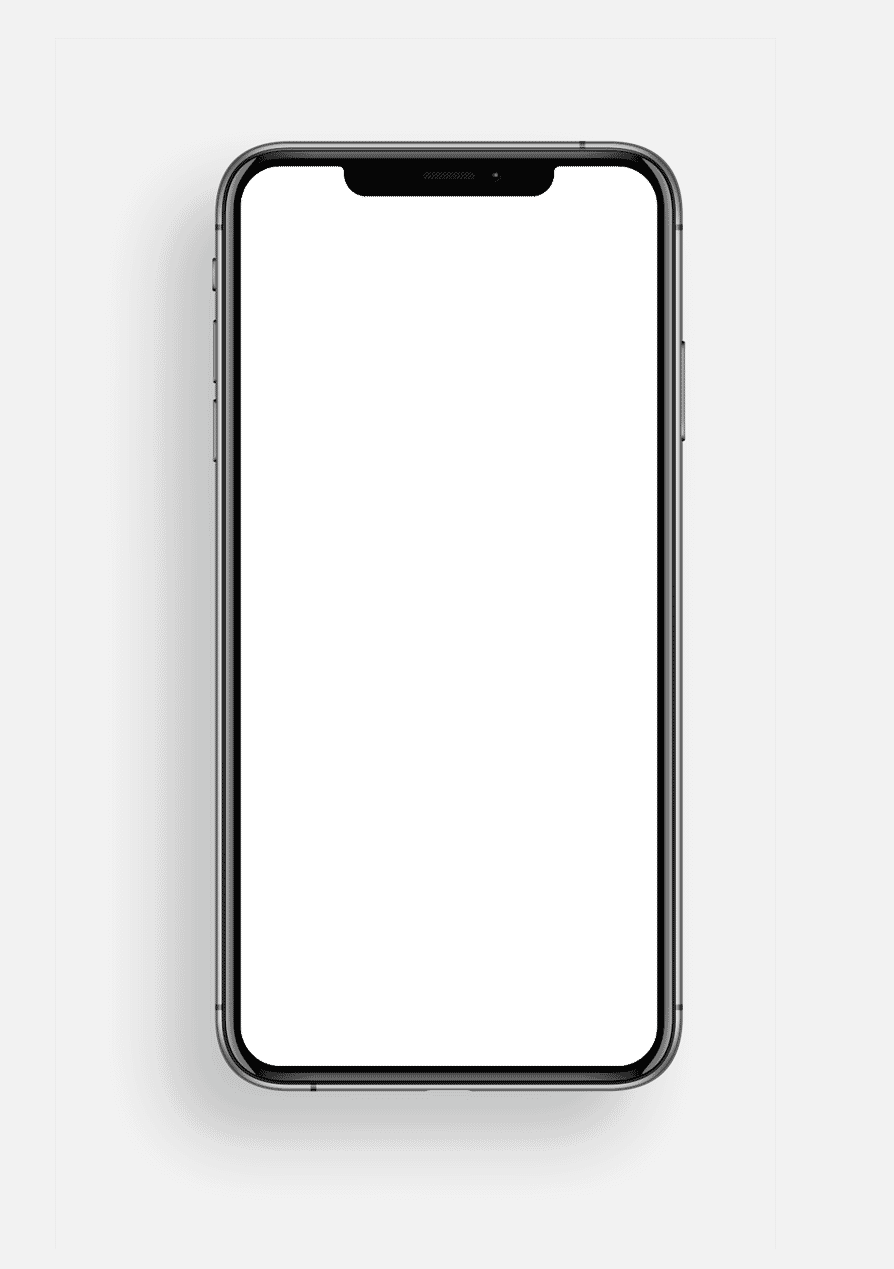Getting dressed for the office used to be simple. You put on a suit, tied a tie, and joined the parade of grey flannel marching into the city. Today, the lines are blurrier. The modern workplace is less formal but no less image-conscious, leaving men to navigate the slippery middle ground that’s now referred to as corporate casual attire.
The phrase itself is vague – a bit too vague – which is why so many people struggle with it. But once you know the building blocks, it becomes easier.
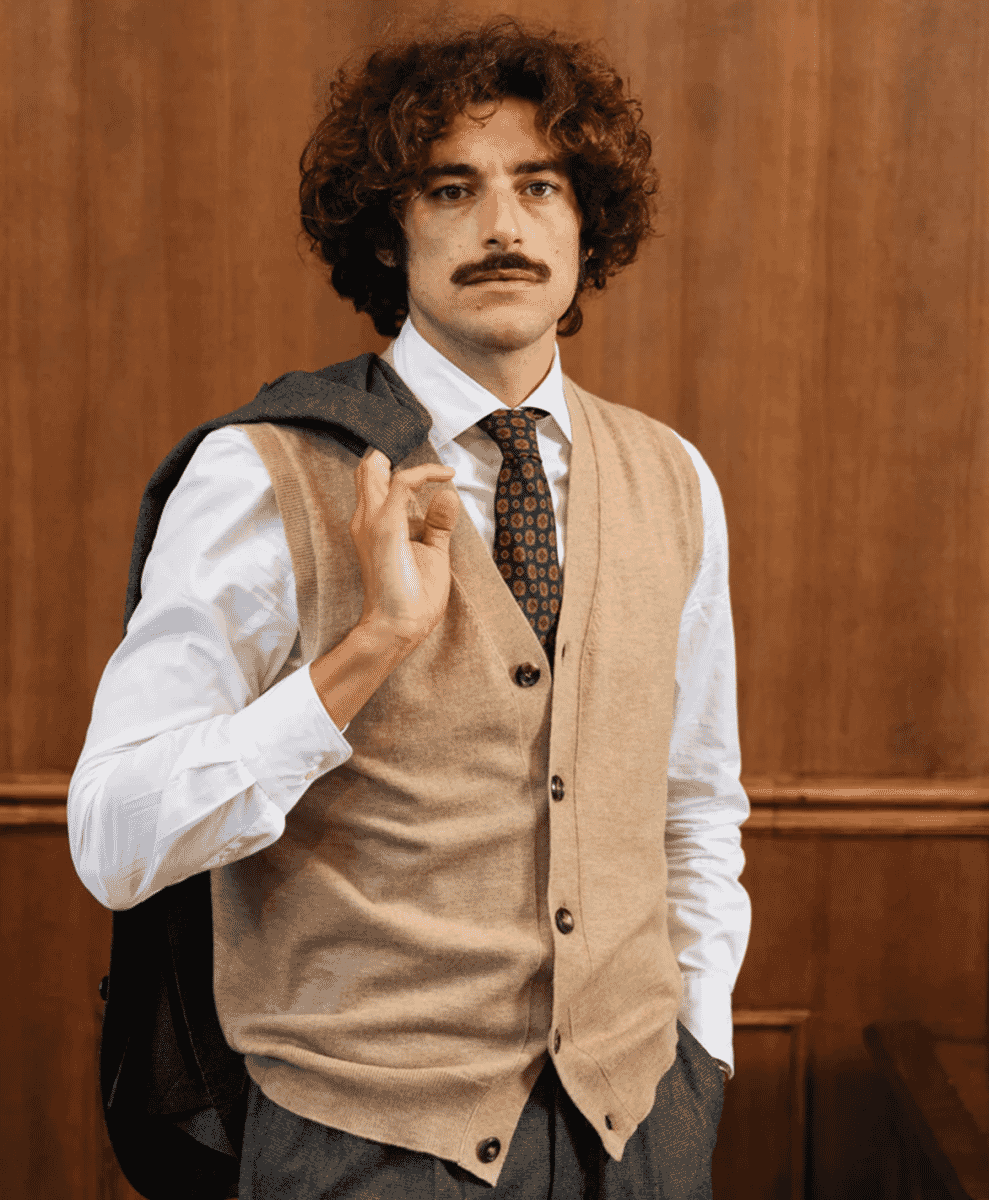
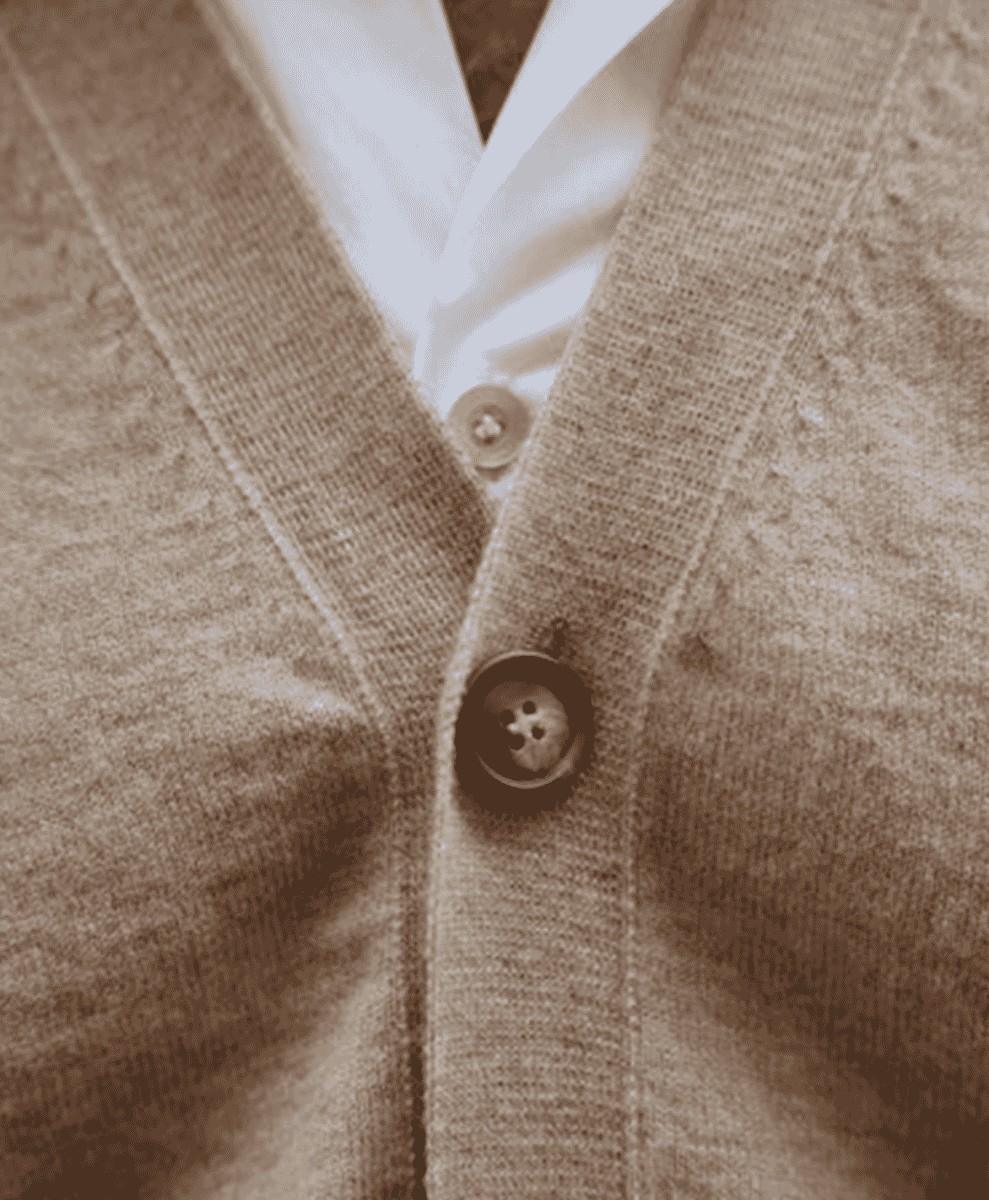
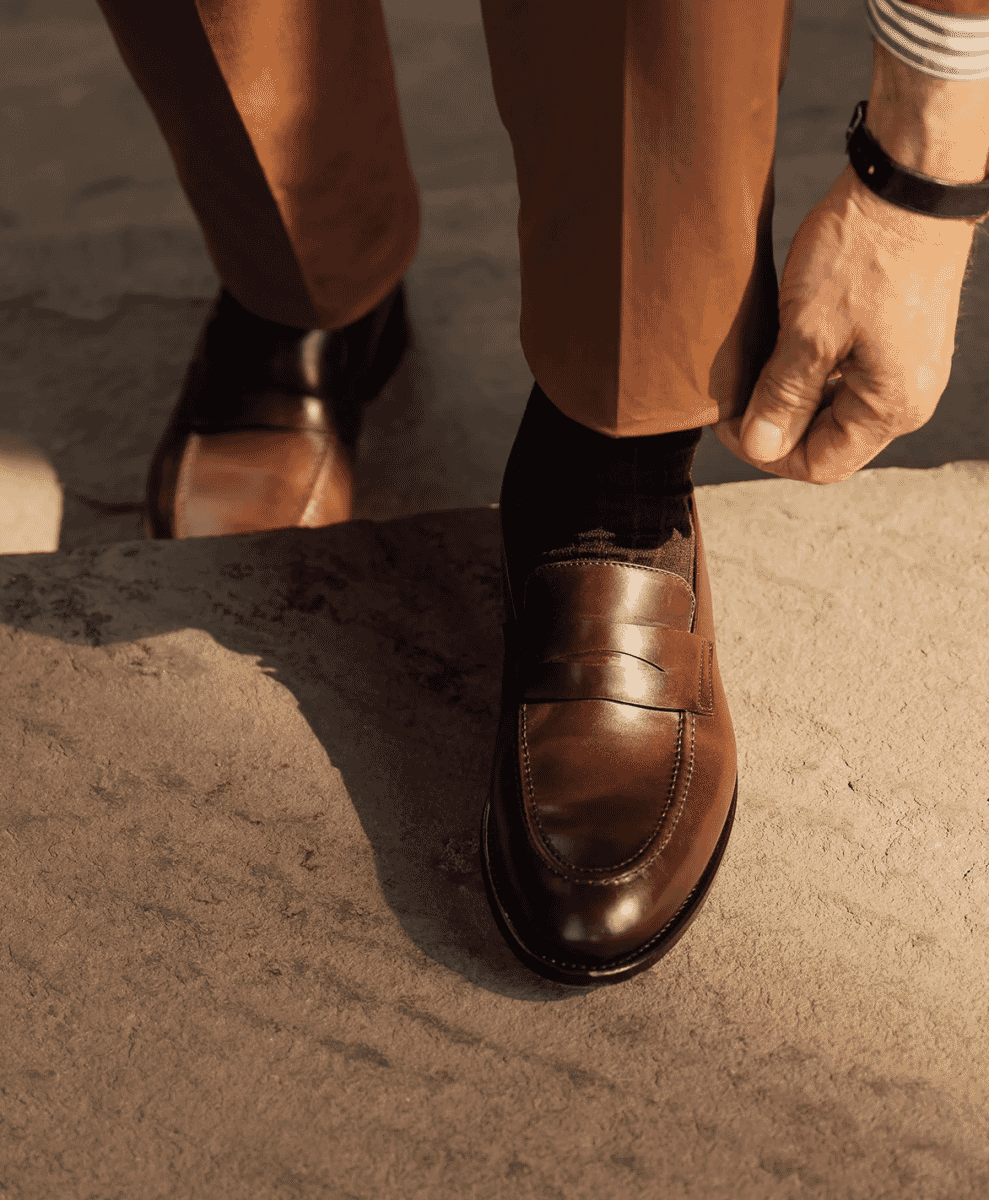
Corporate casual isn’t about ditching the suit entirely, nor is it about slipping into jeans and a hoodie because your office has beanbags. It’s about versatile, well-chosen pieces that feel relaxed but still command respect. Oxford shirts, tailored trousers, Derby shoes – these are your anchors. Put them together properly, and you’ll never second-guess the morning routine again.
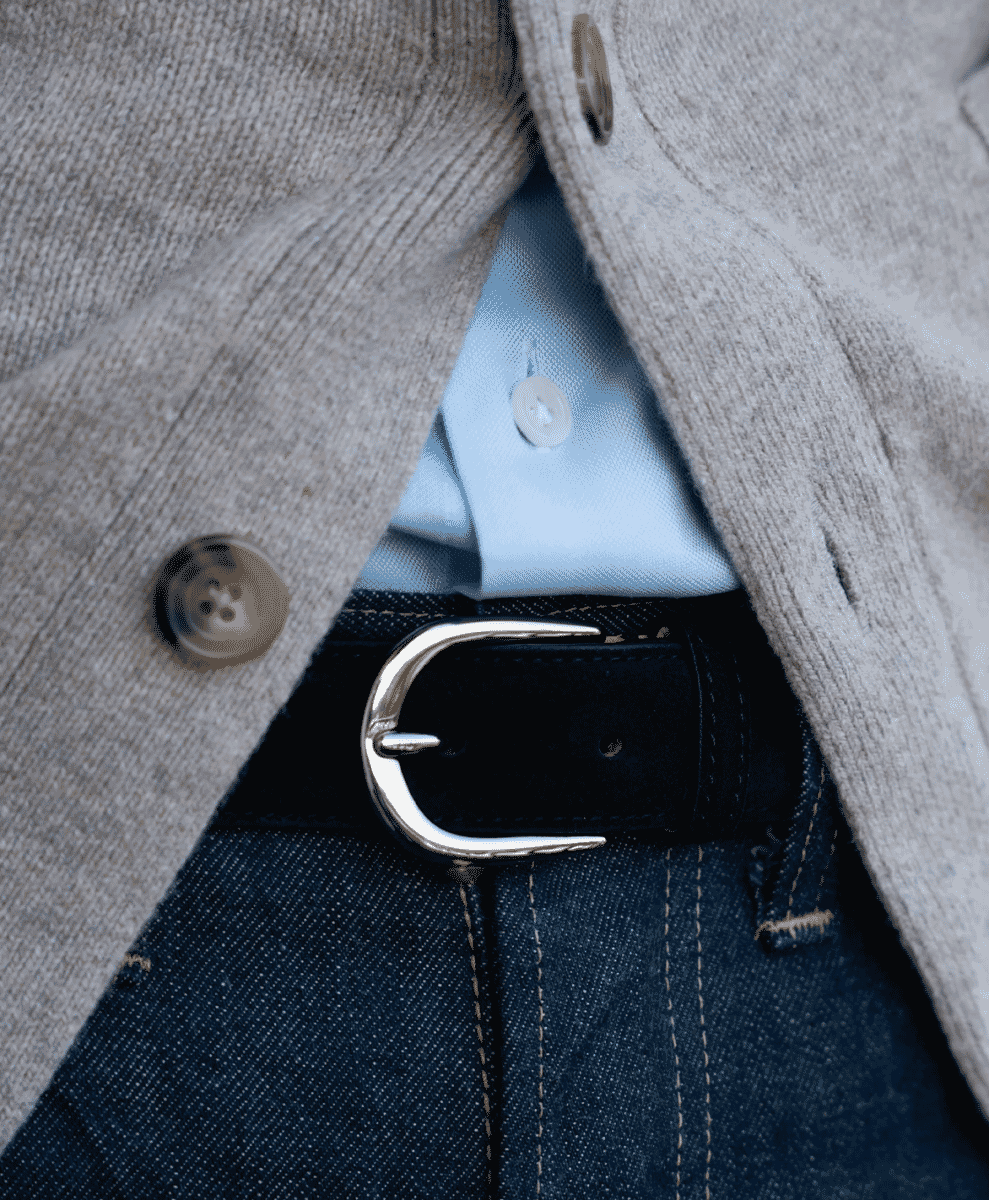
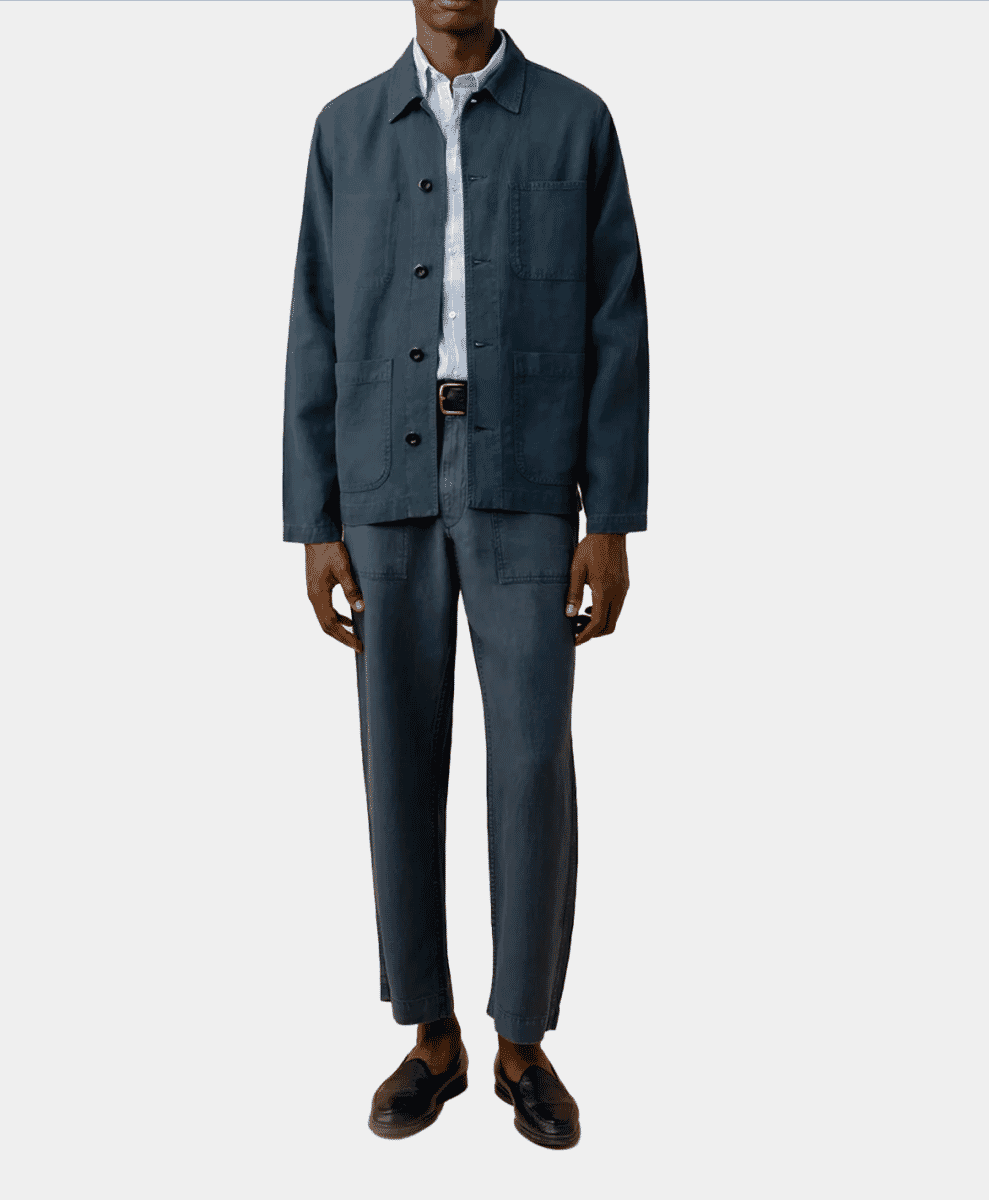
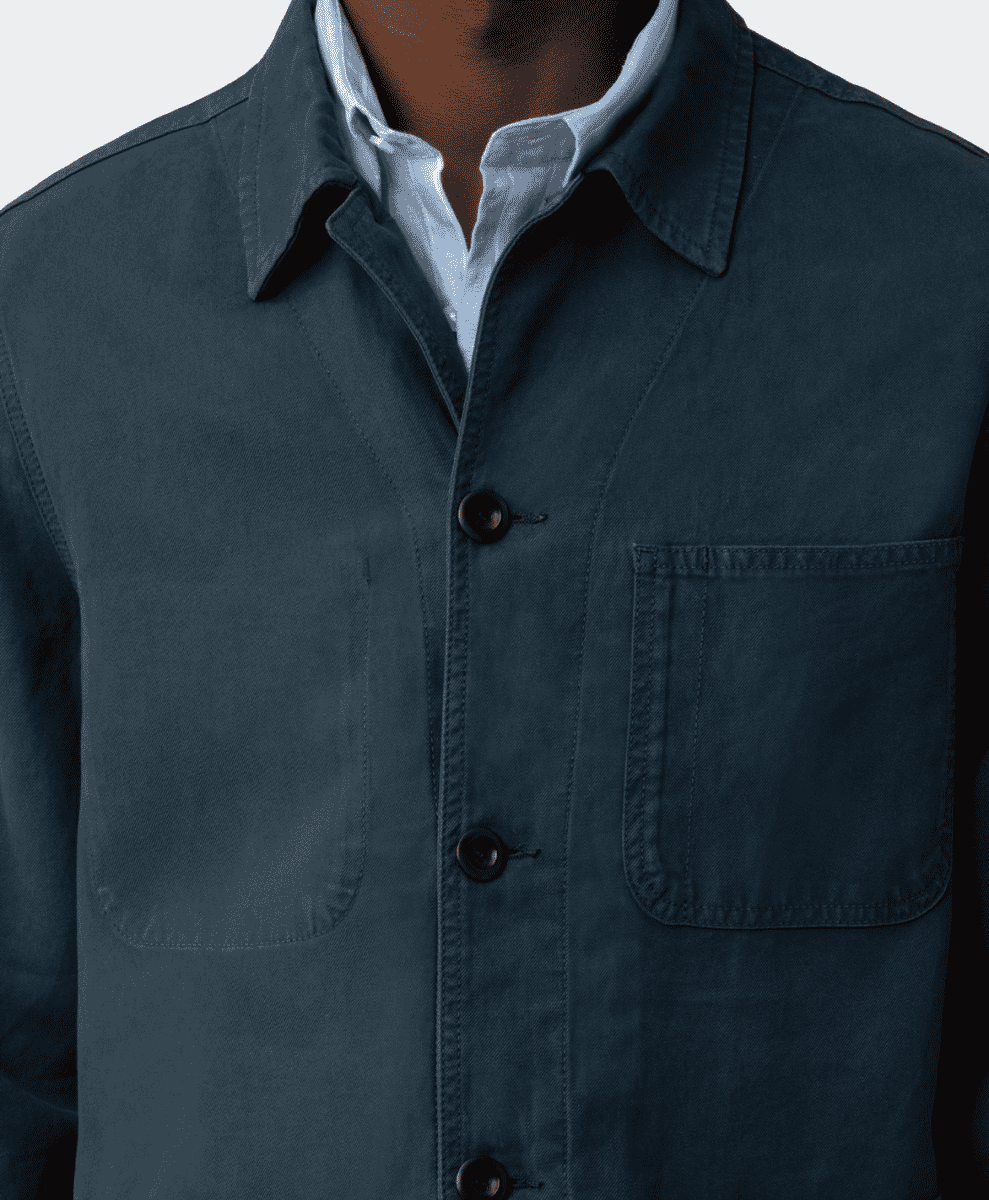
What is corporate casual attire for men?
Corporate casual attire for men sits in the no man’s land between traditional business dress and full-blown casualwear. Think of it as the professional uniform for an era in which suits are no longer mandatory but first impressions still matter. It isn’t as stiff as a two-piece with a tie, but it’s also not whatever happens to be clean at the bottom of the laundry basket.
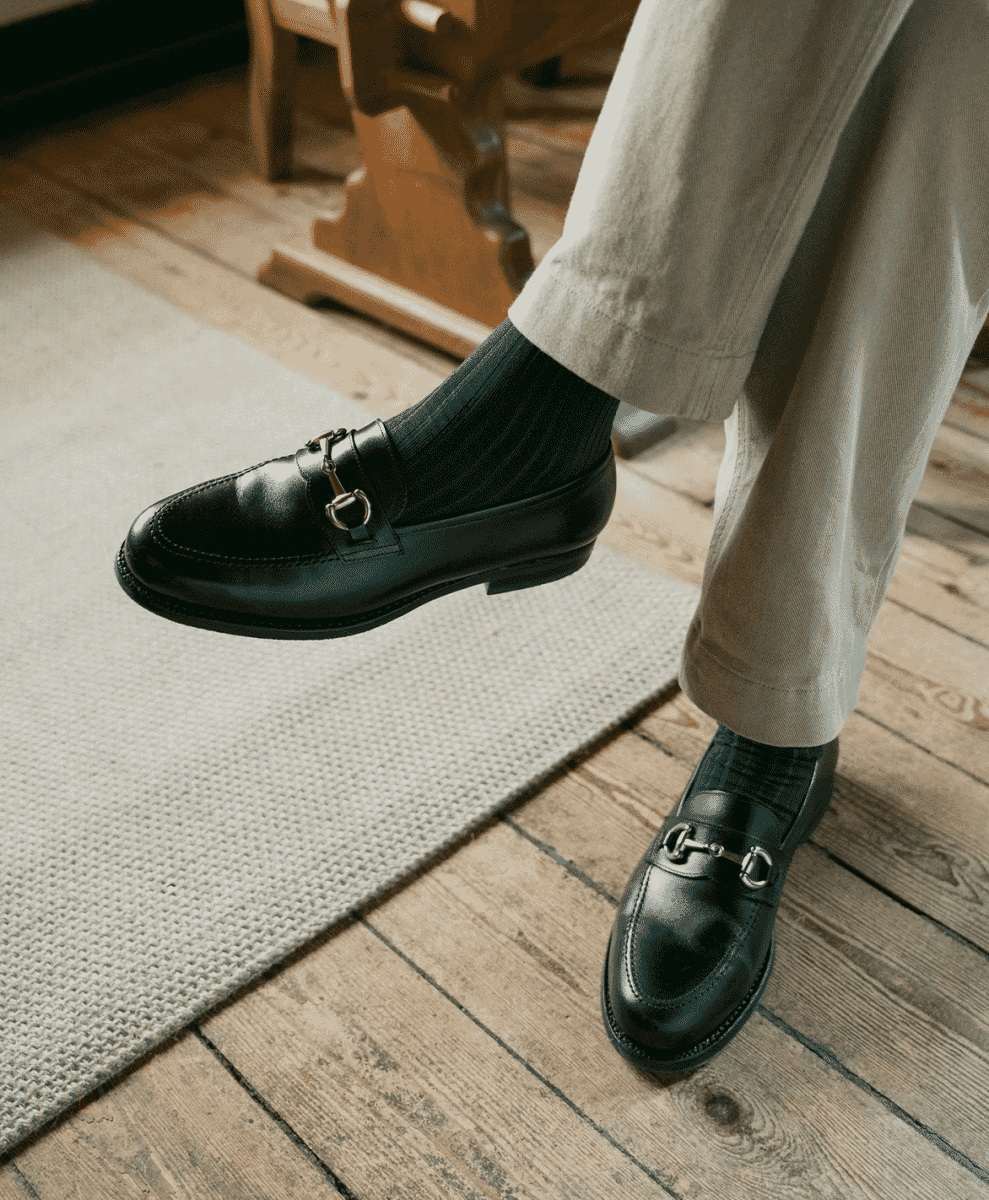
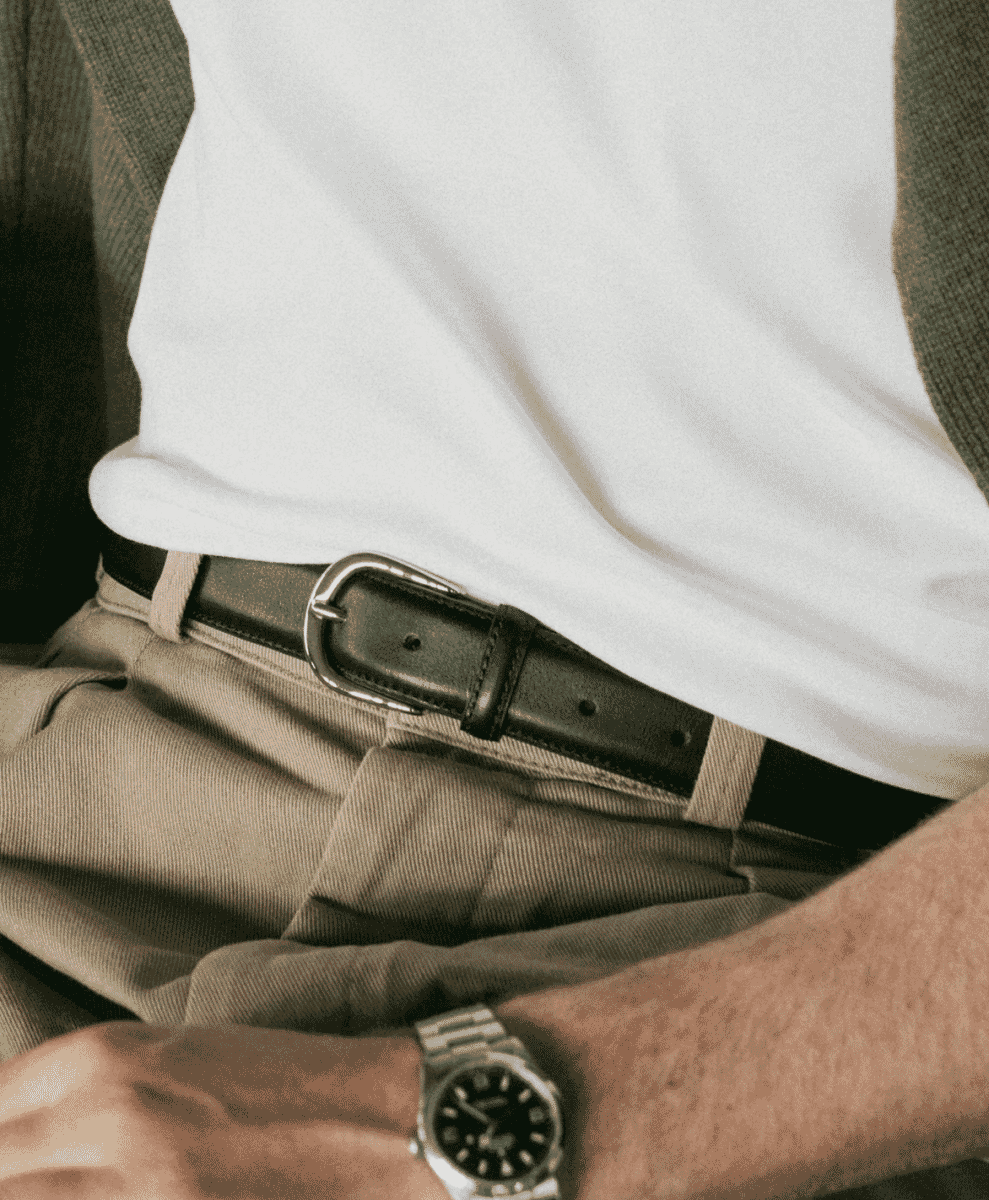
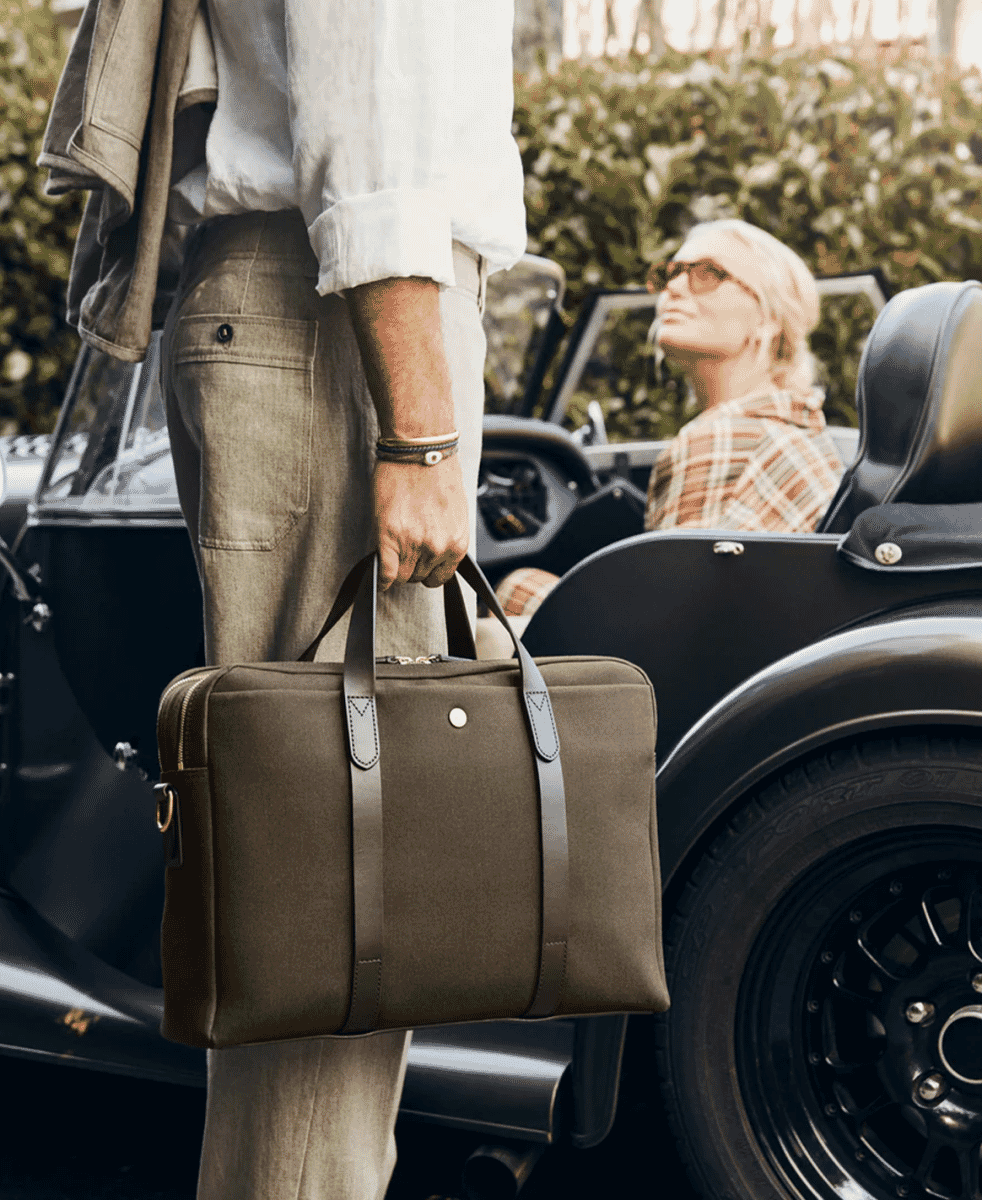
At its core, corporate casual relies on a few versatile staples. These are pieces that borrow sharpness from tailoring while offering the ease and comfort of off-duty clothes. A good Oxford shirt is more relaxed than a dress shirt but still looks considered. Wool trousers carry a sense of authority without feeling overdone. A blazer, worn unstructured and in soft fabrics, bridges the gap between formality and ease.
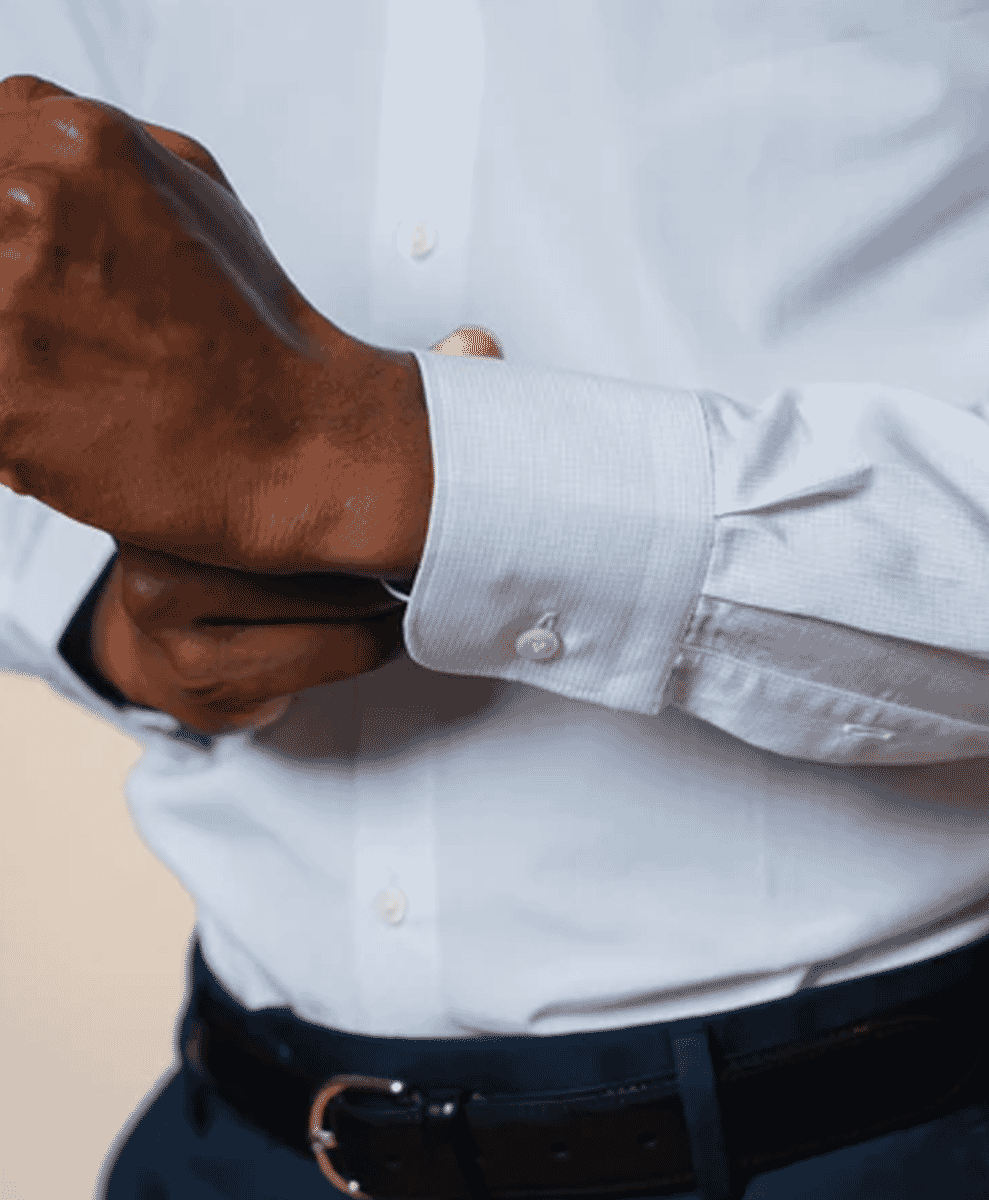
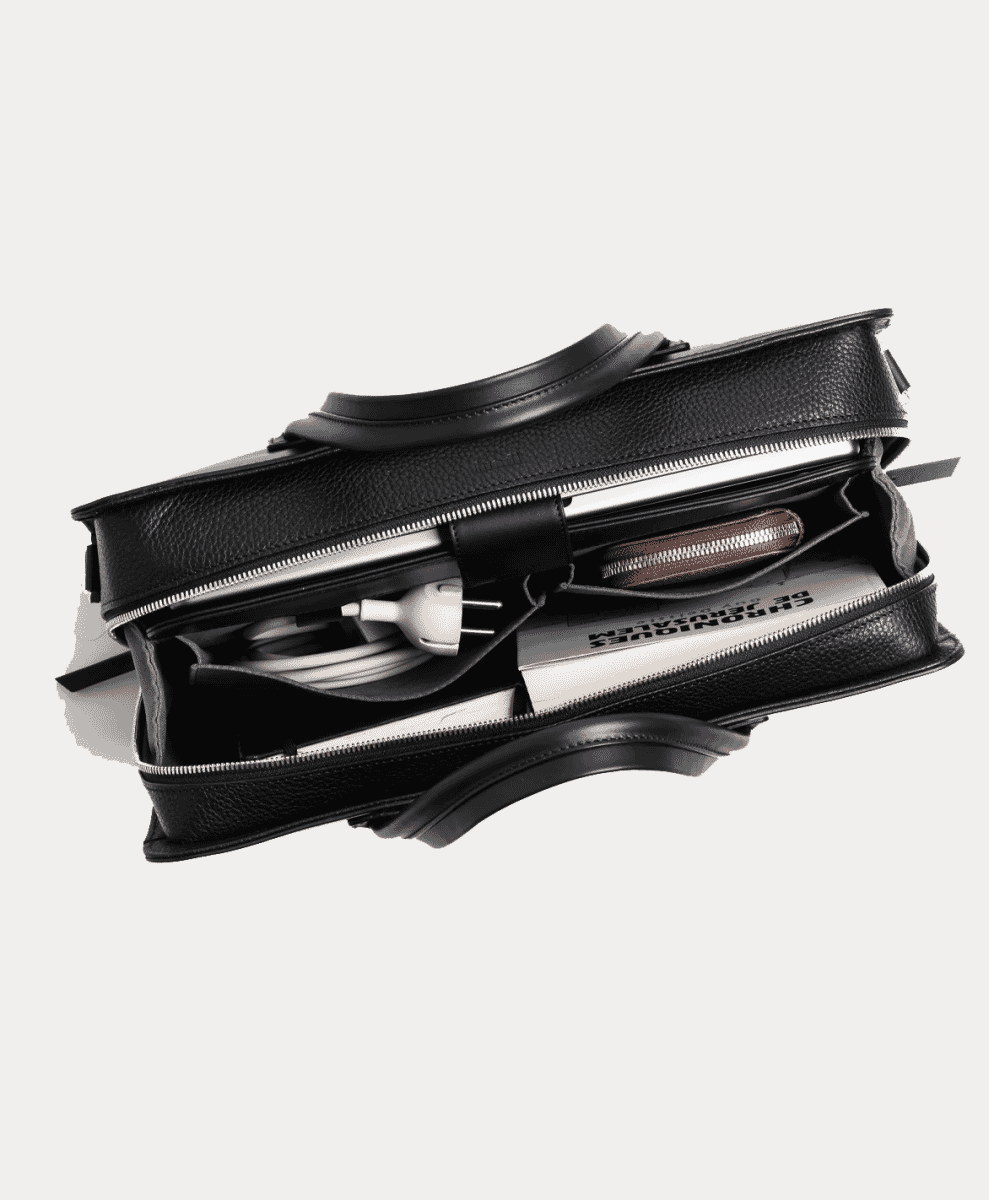
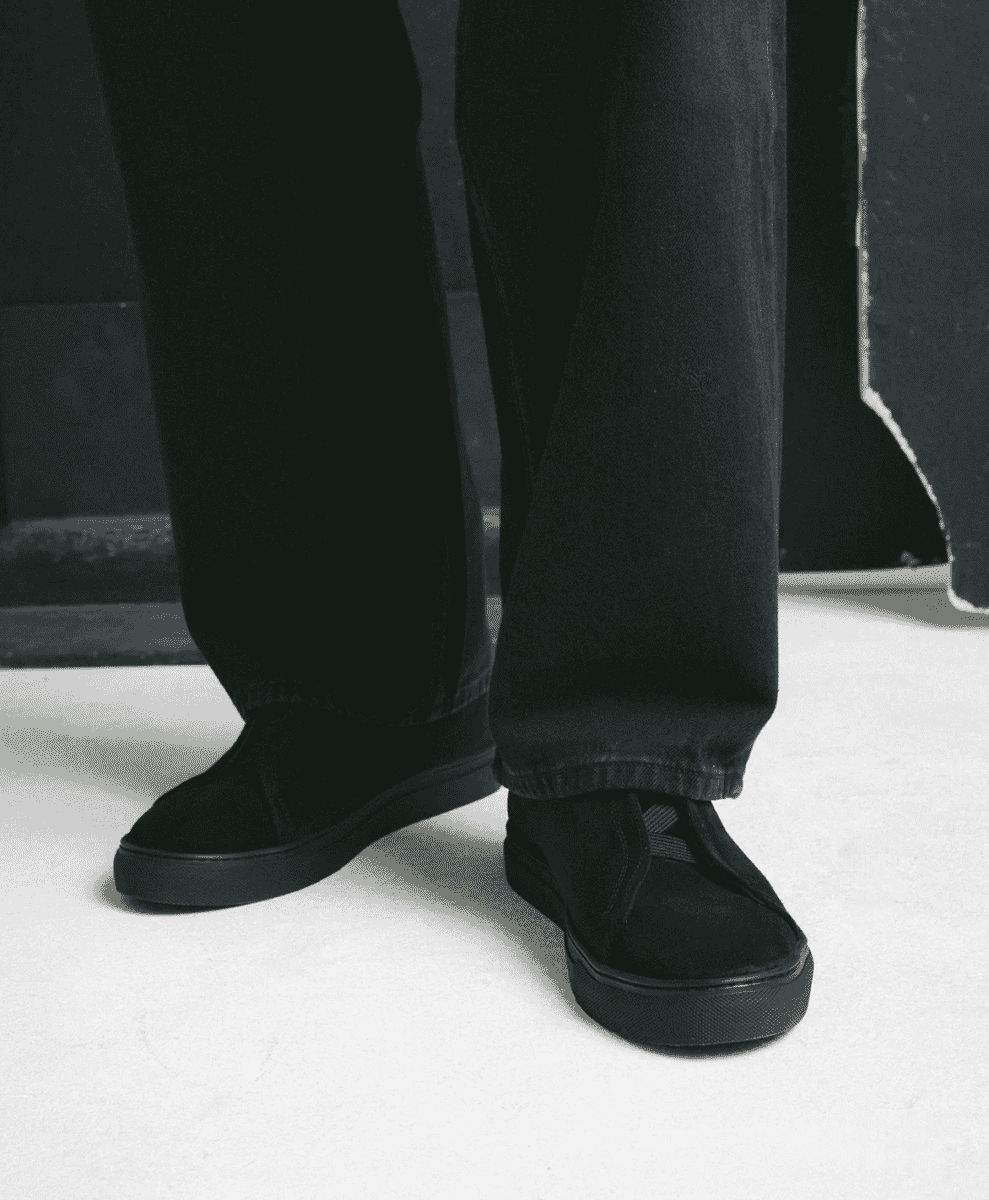
It’s worth noting that corporate casual will mean slightly different things depending on your industry. A tech start-up will skew more relaxed, while a law firm will still expect something closer to business formal. The trick is to invest in a capsule wardrobe clothes that adapt – dressed up with smart shoes and an overcoat, or dressed down with knitwear and chinos. Flexibility is the whole point.
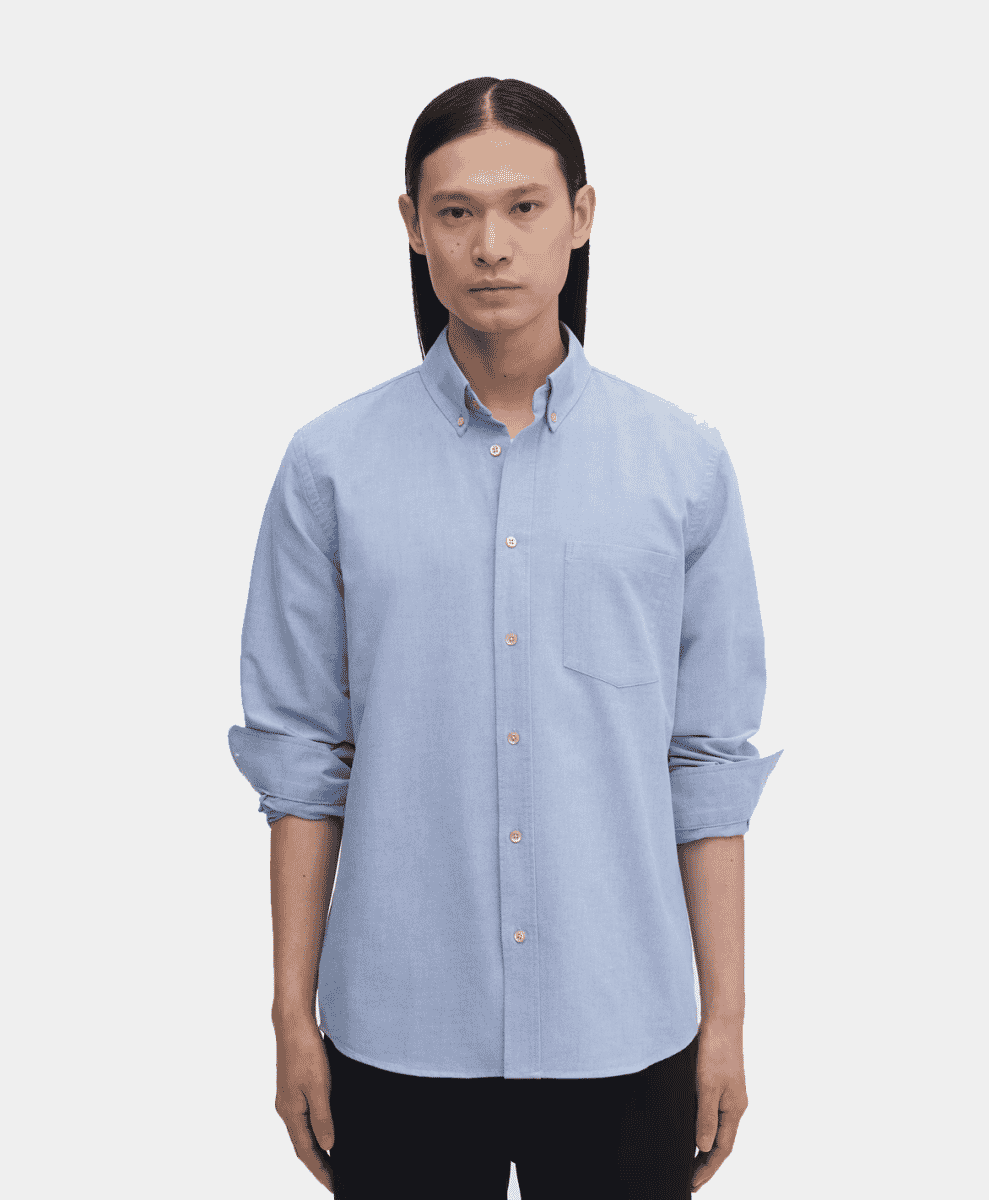
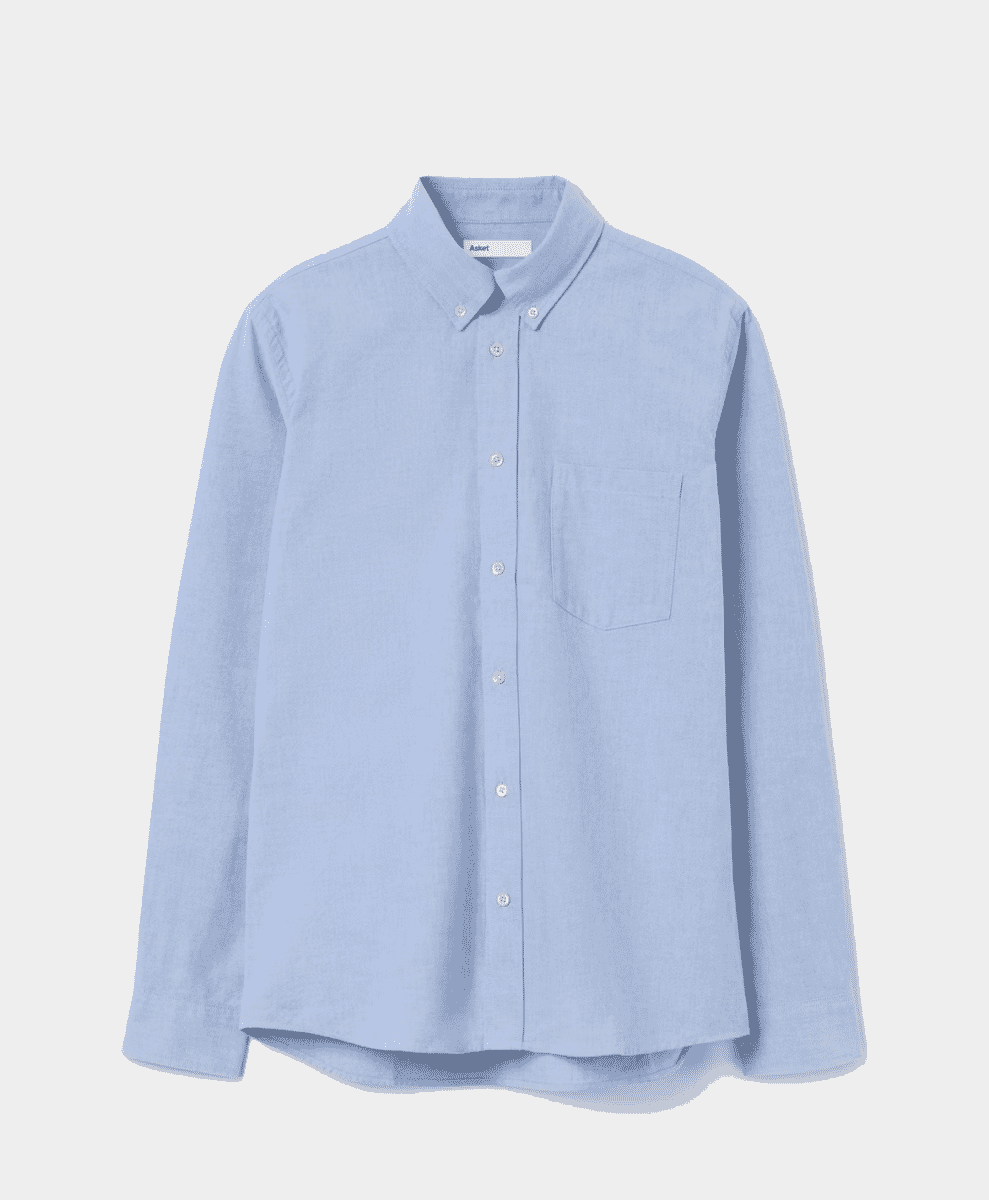
The key corporate casual pieces to know
The Oxford shirt
The backbone of corporate casual attire. Softer and less starched than a dress shirt, but no less respectable. Look for a cotton cloth with a subtle texture and a collar that sits neatly under a blazer. White and pale blue are dependable, but stripes can add personality without veering into novelty.

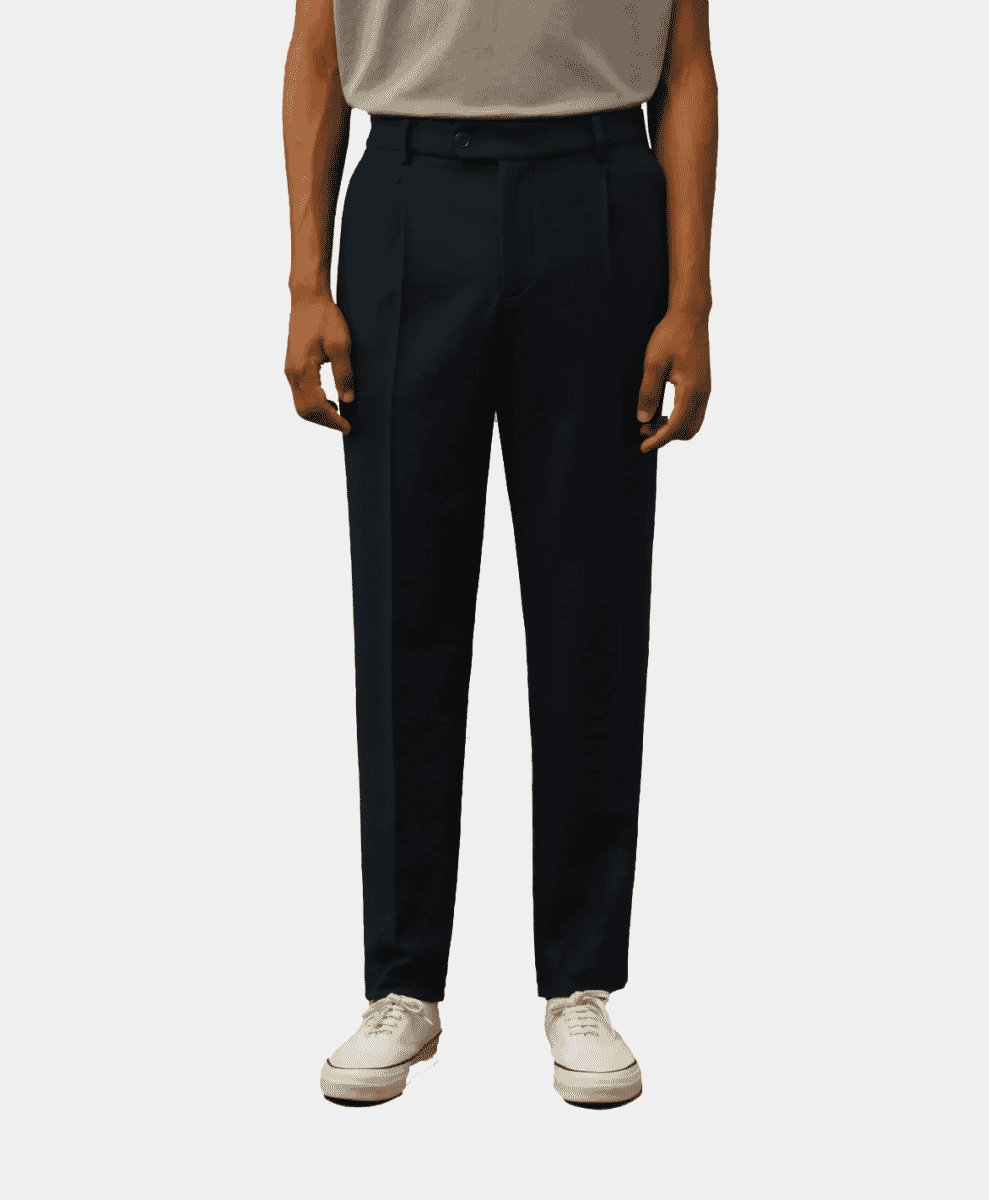
The tailored wool trouser
A sharp pair of trousers is non-negotiable. Cut slim but not skinny, ideally in navy or grey, they give structure to everything you wear above. Wool works year-round, resists creasing, and looks polished even when worn without a jacket.
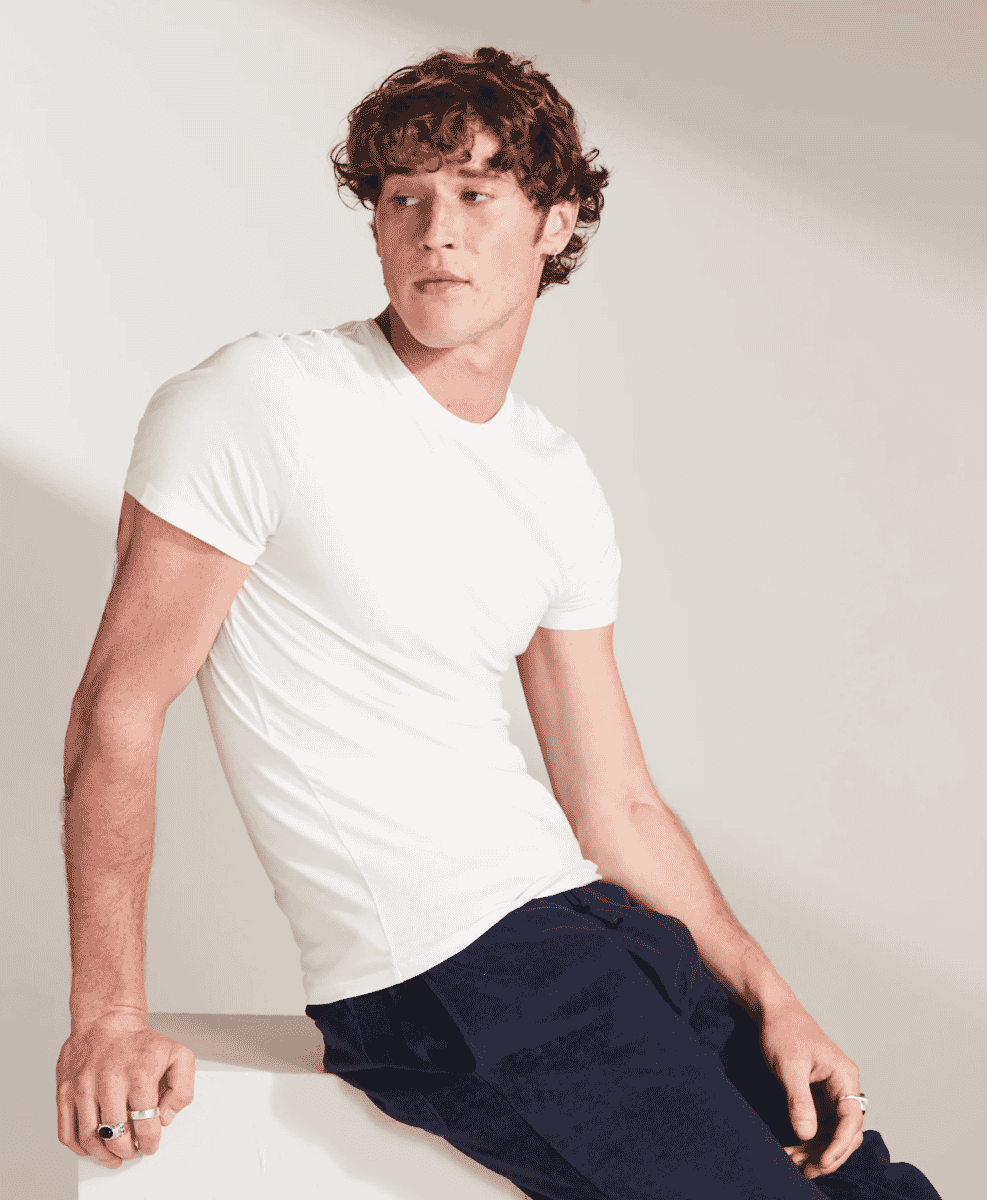
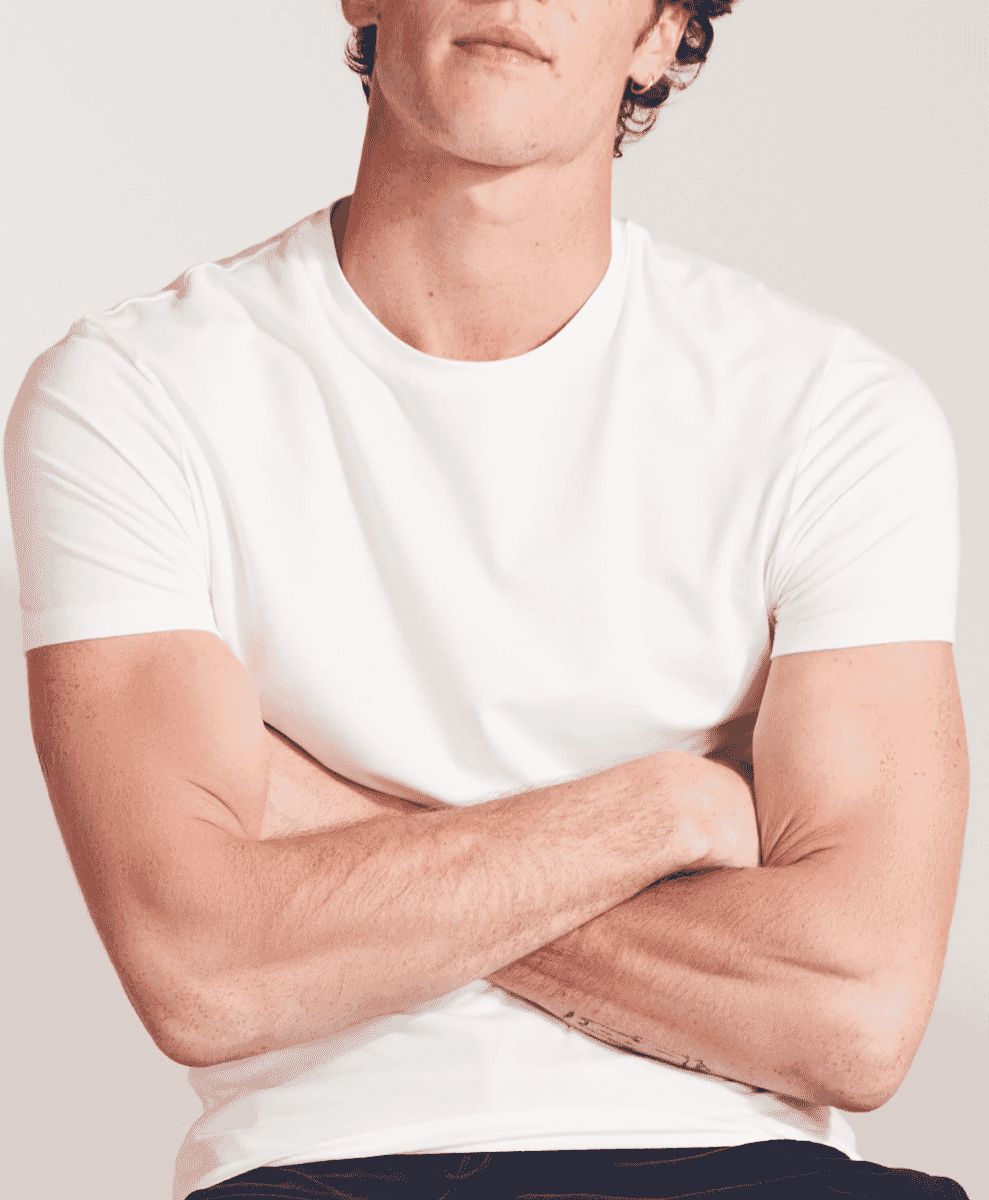
The undershirt
Often overlooked, but invaluable. A fine cotton or merino T-shirt keeps your shirts fresher for longer, regulates temperature, and smooths out the lines under lighter fabrics. Stick to neutral colours – white, grey, navy – and crew necks for invisibility.
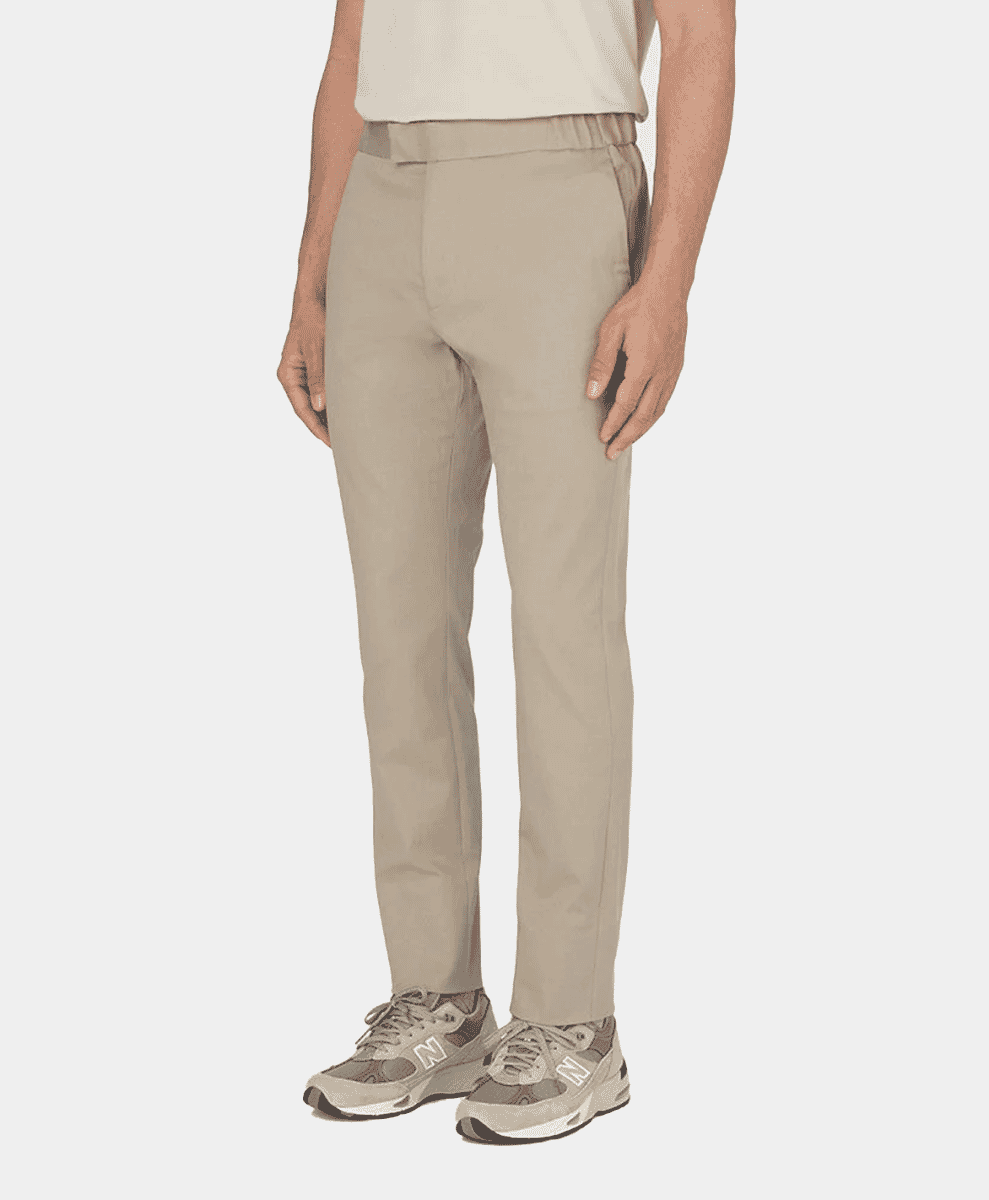
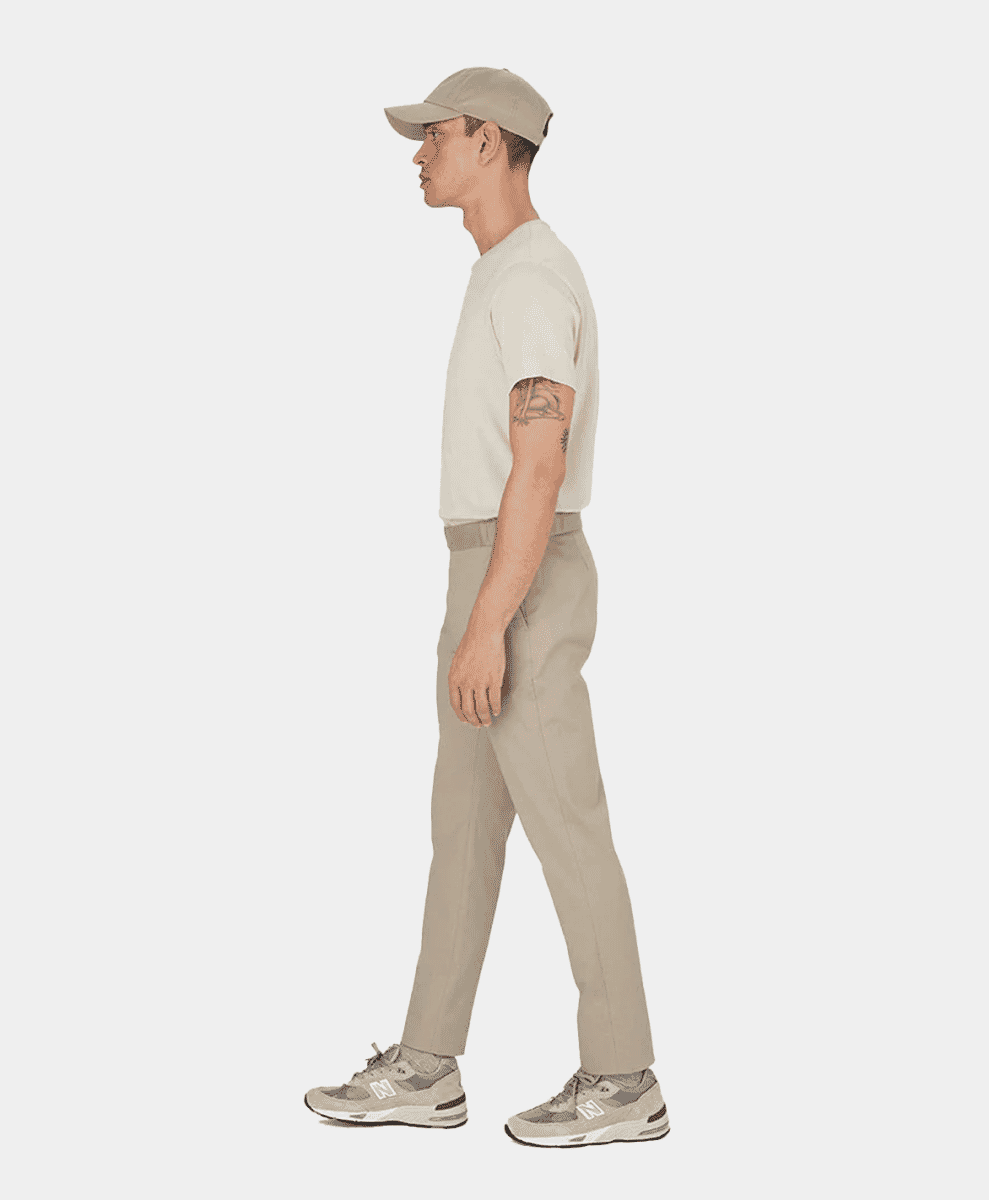
The classic chino
When trousers feel too much, chinos step in. They carry a neatness that jeans can’t match while still being easygoing. Choose a straight or tapered cut in beige, navy or olive, and avoid anything overly slim.
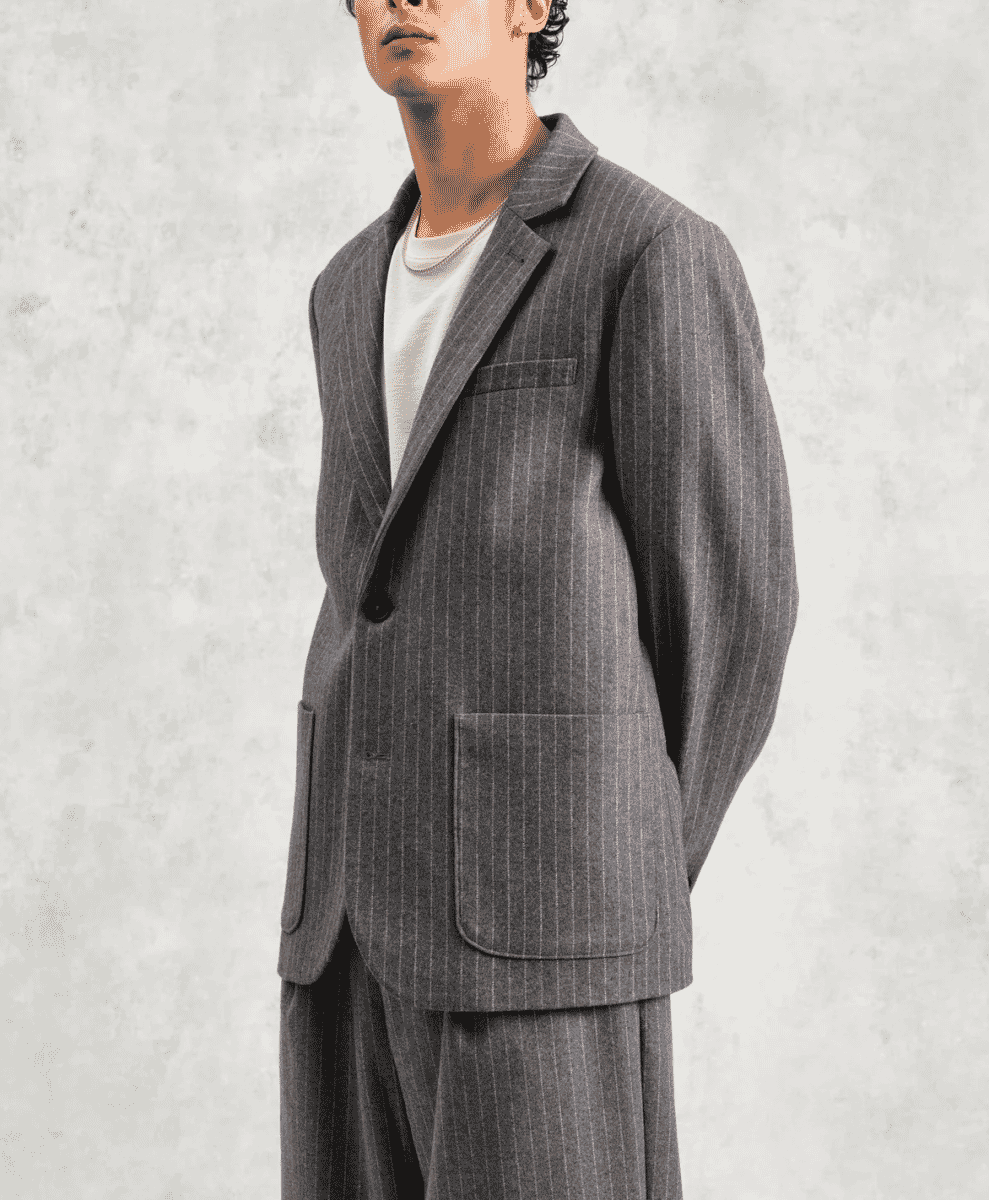
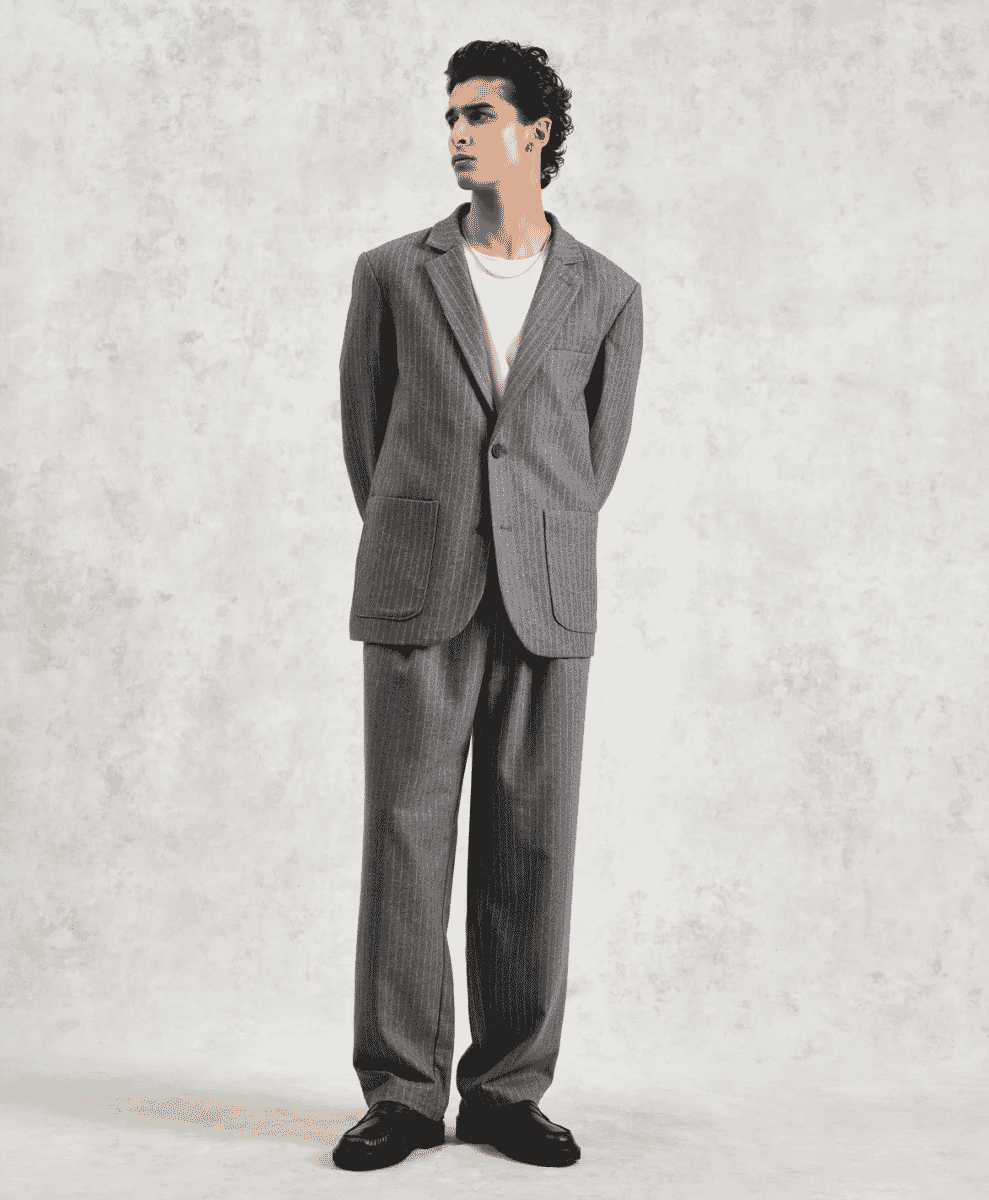
The unstructured blazer
Think of this as the casual man’s suit jacket. Devoid of heavy padding or canvassing, it drapes naturally and works just as well over a shirt as it does a fine knit. Navy is safest, but textured fabrics like hopsack or cotton twill add depth.
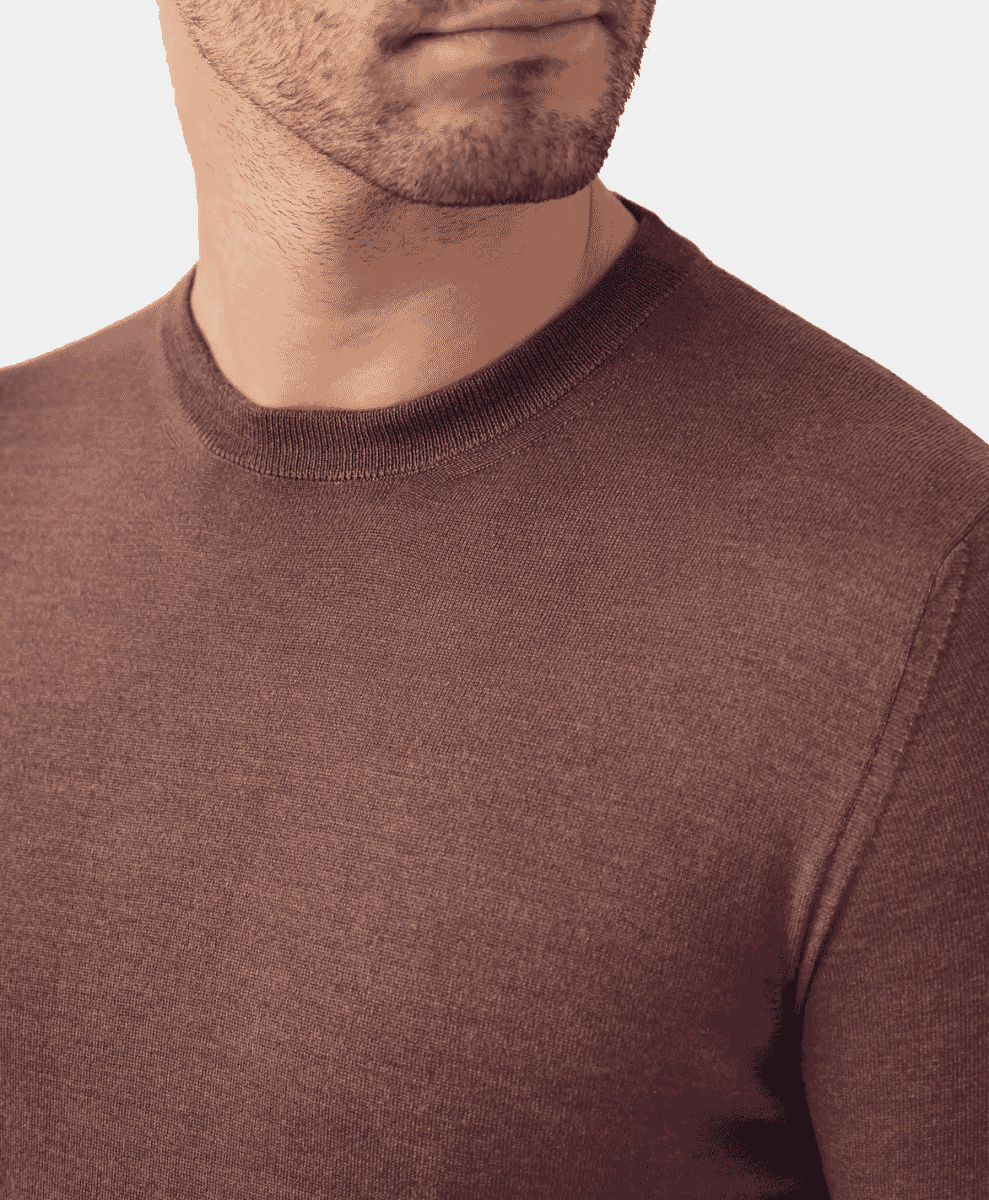

The fine-gauge crewneck
Merino wool or cashmere in a thin knit. Worn over a shirt, it softens the look; under a blazer, it takes the place of a tie. Muted shades like grey, navy or bottle green are versatile, but one in burgundy or camel can lift the rotation.

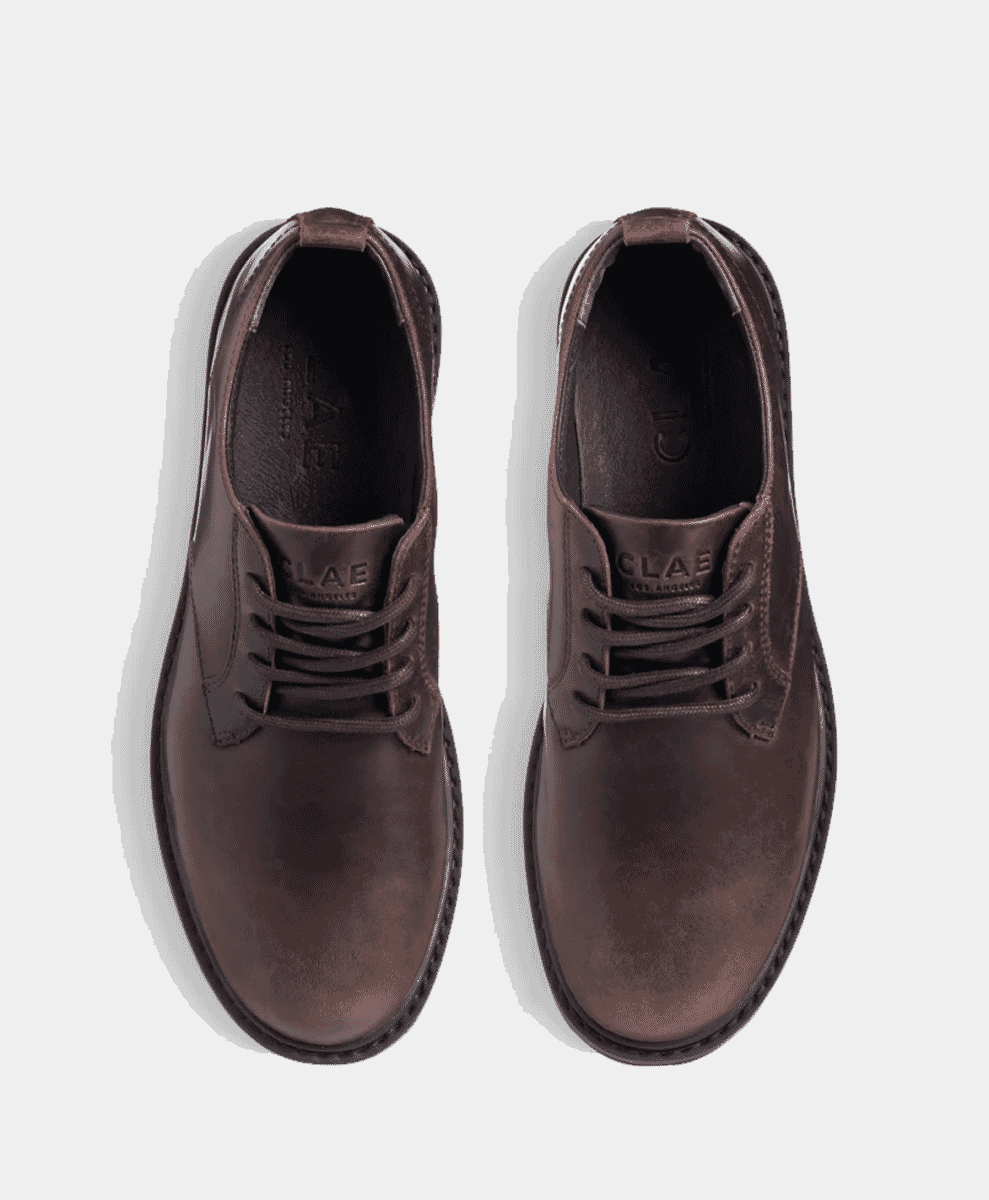
The leather Derby shoe
Less formal than an Oxford, but more professional than a loafer. The Derby is a middle ground that makes sense for the modern office. Black for maximum mileage, brown for variety, ideally with a sturdy sole that can handle the commute.
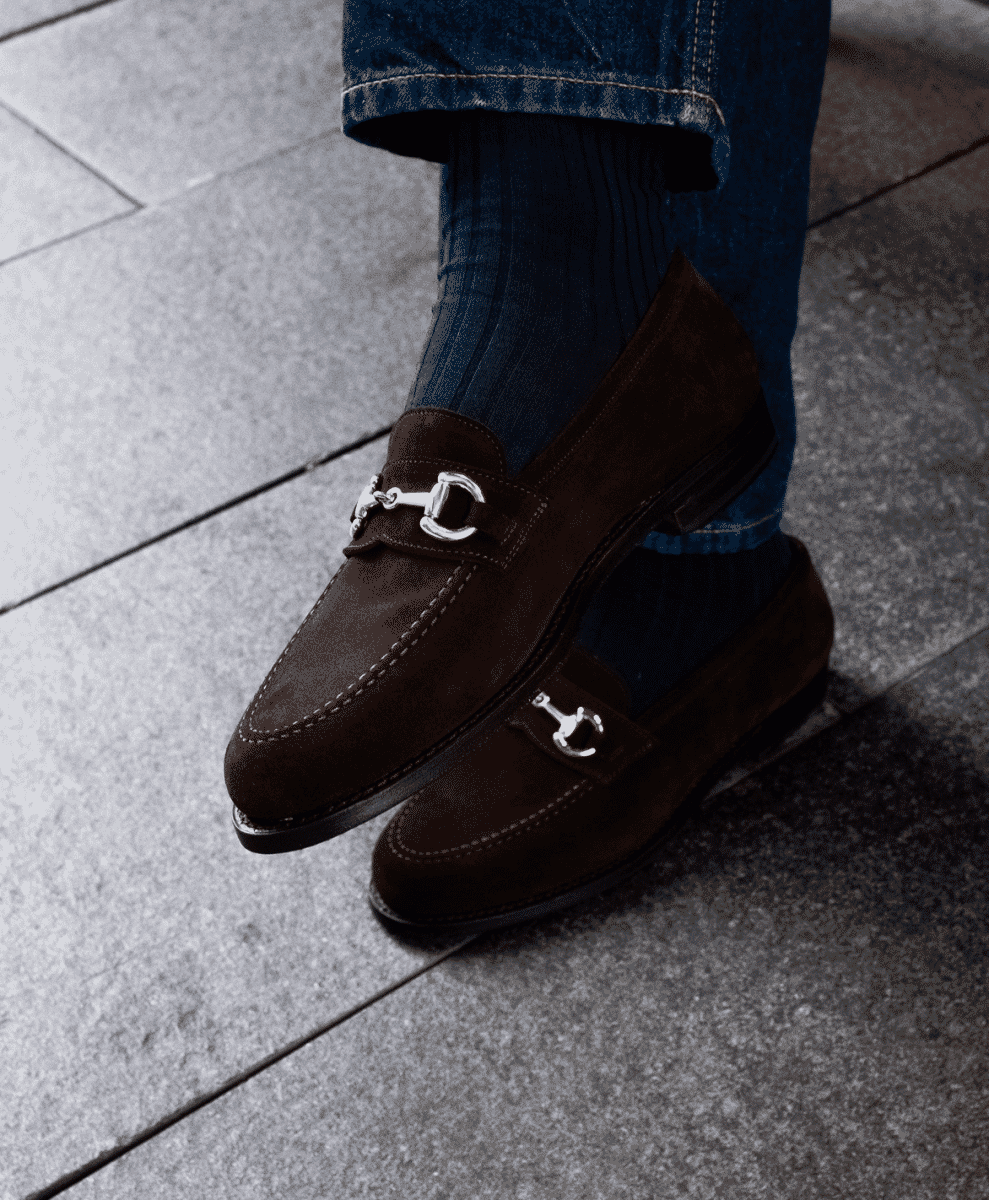
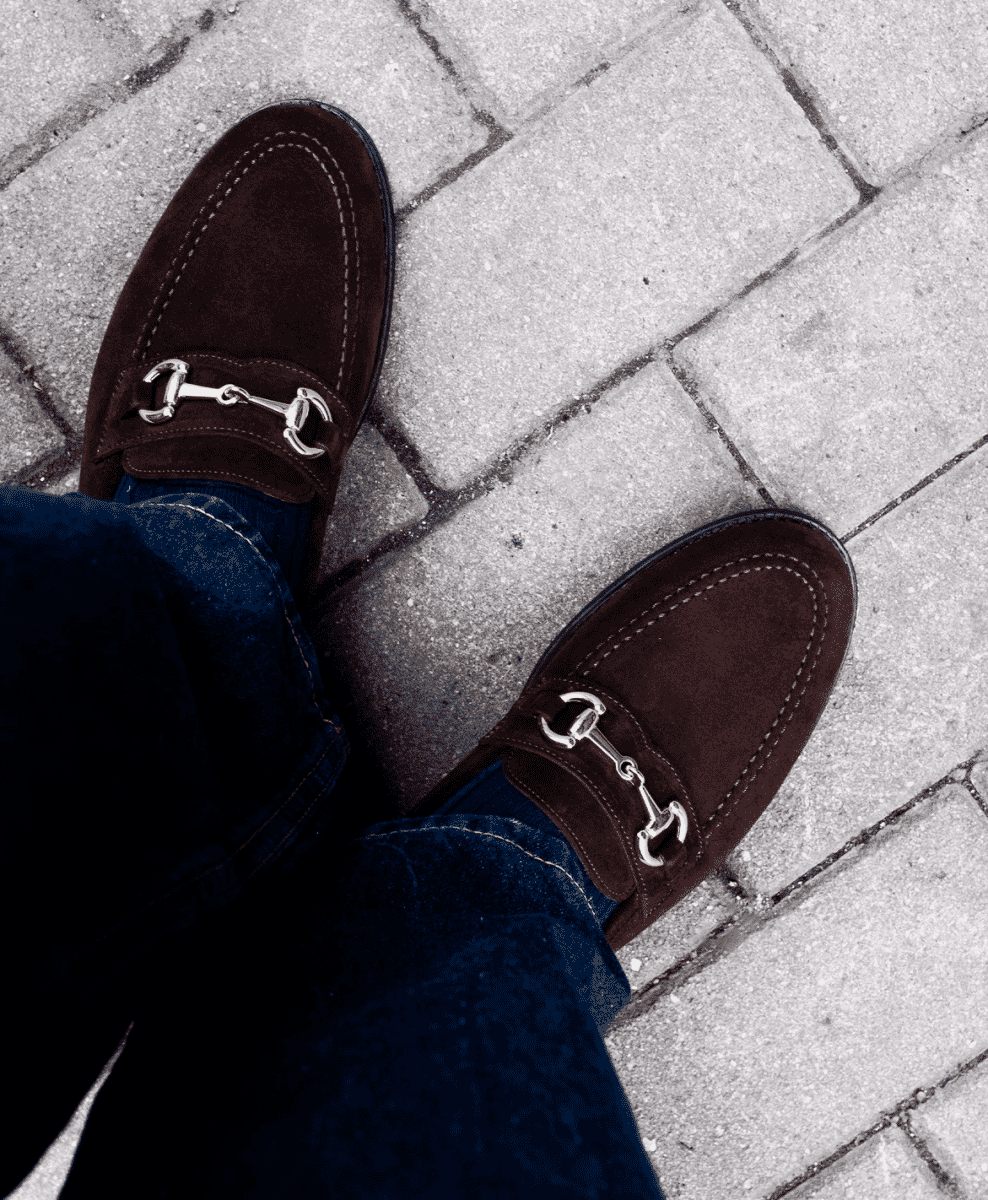
The suede loafer
Slip-ons might sound too relaxed for the office, but in the right material and shade they hit the perfect corporate casual note. Brown suede softens the formality without tipping into weekend territory, pairing just as well with grey wool trousers as with chinos. The key is shape: avoid chunky soles that feel affected, and instead look for a slim silhouette with almond toes. They’re shoes that work year-round, adding ease in summer and texture in winter.
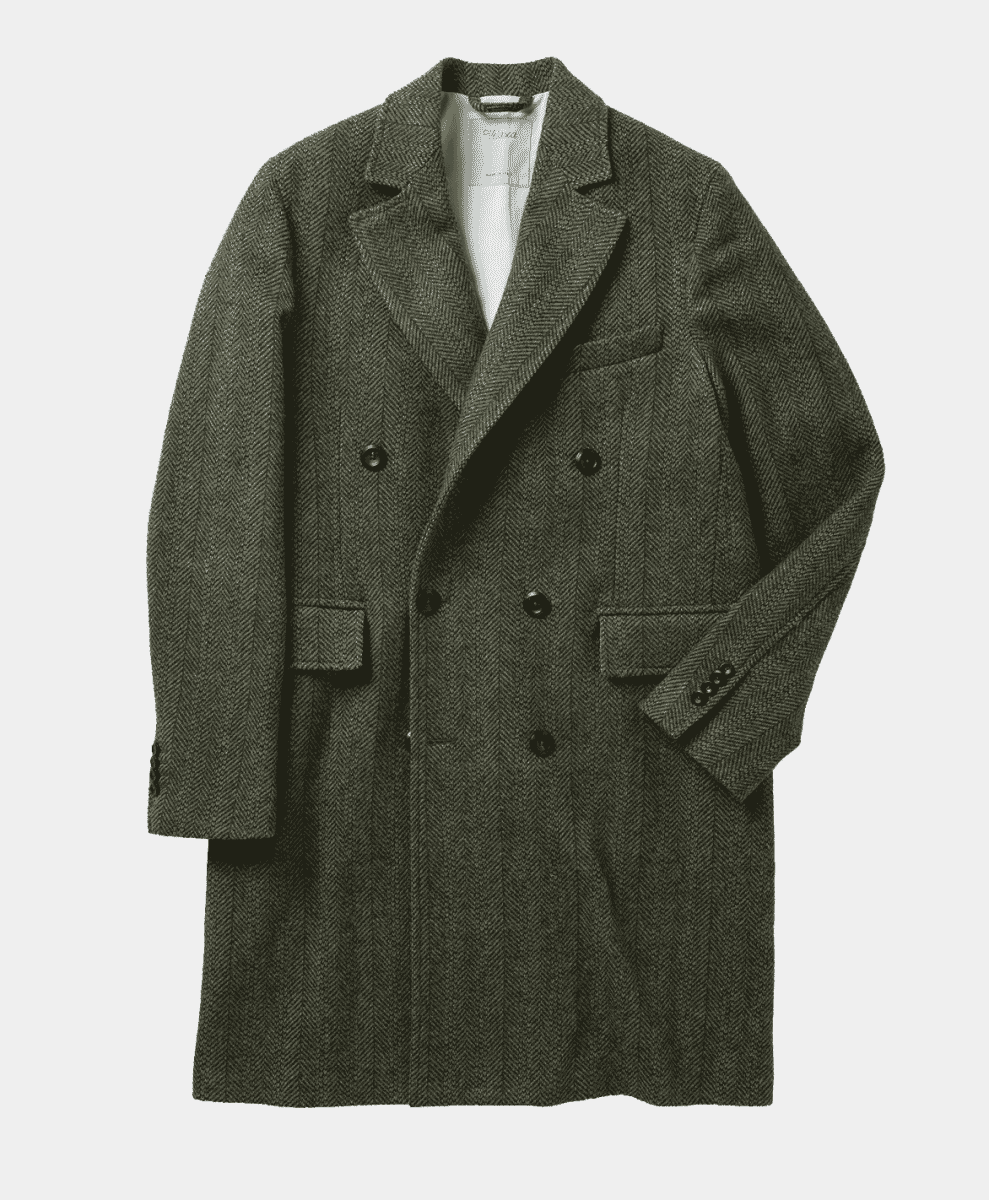

The overcoat
Outerwear is part of the uniform, not an afterthought. A clean, tailored overcoat in wool will keep everything beneath looking professional. Camel, navy and charcoal are the long-term investments.
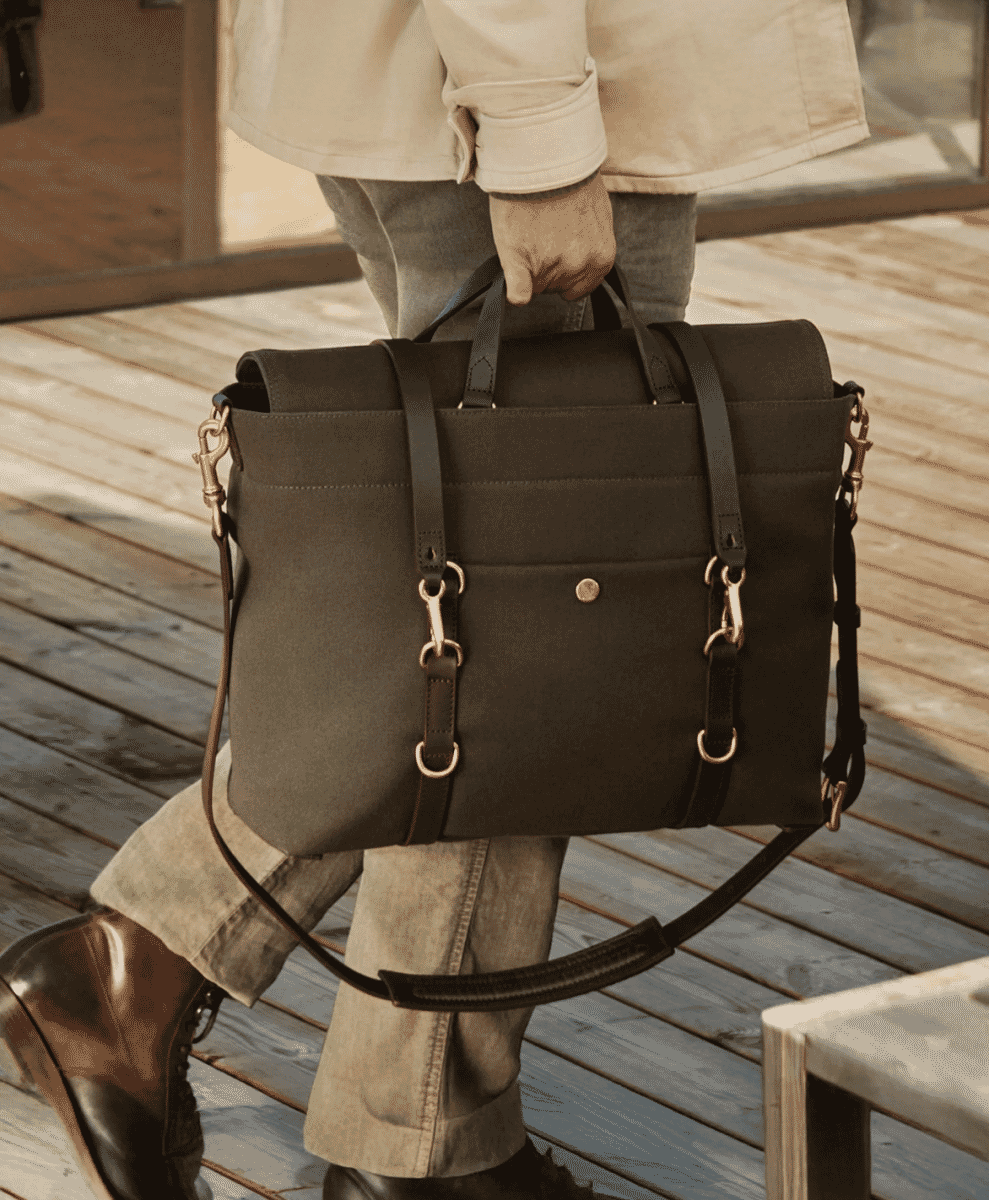
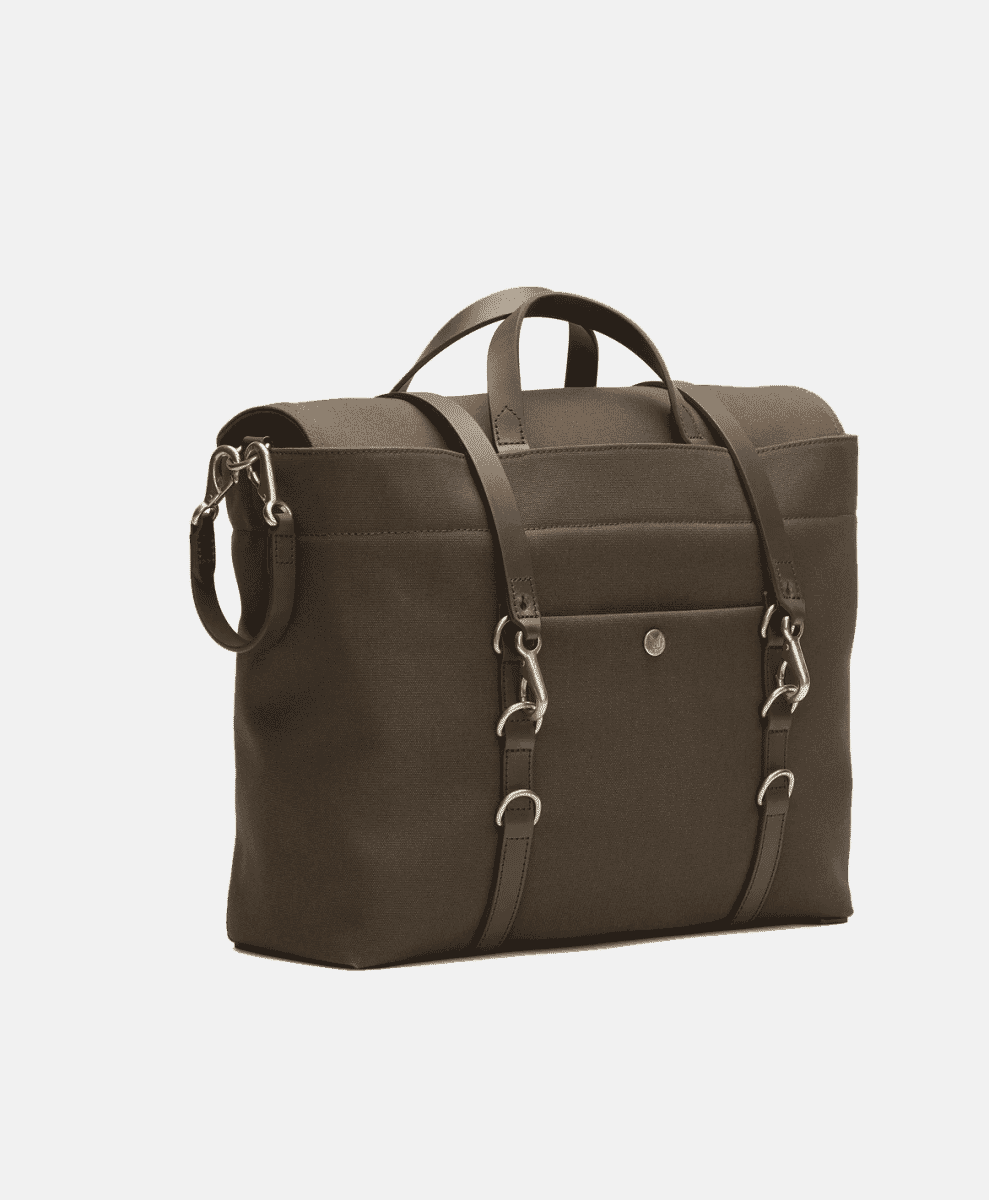
The leather-trimmed messenger
Your bag says as much as your shoes. A leather-trimmed messenger bag or slim briefcase balances function with formality, avoiding the scruffiness of a backpack and the excess polish of a hard attaché. Brown leather softens things; black keeps it businesslike.
Next up: Understanding winter business casual.




